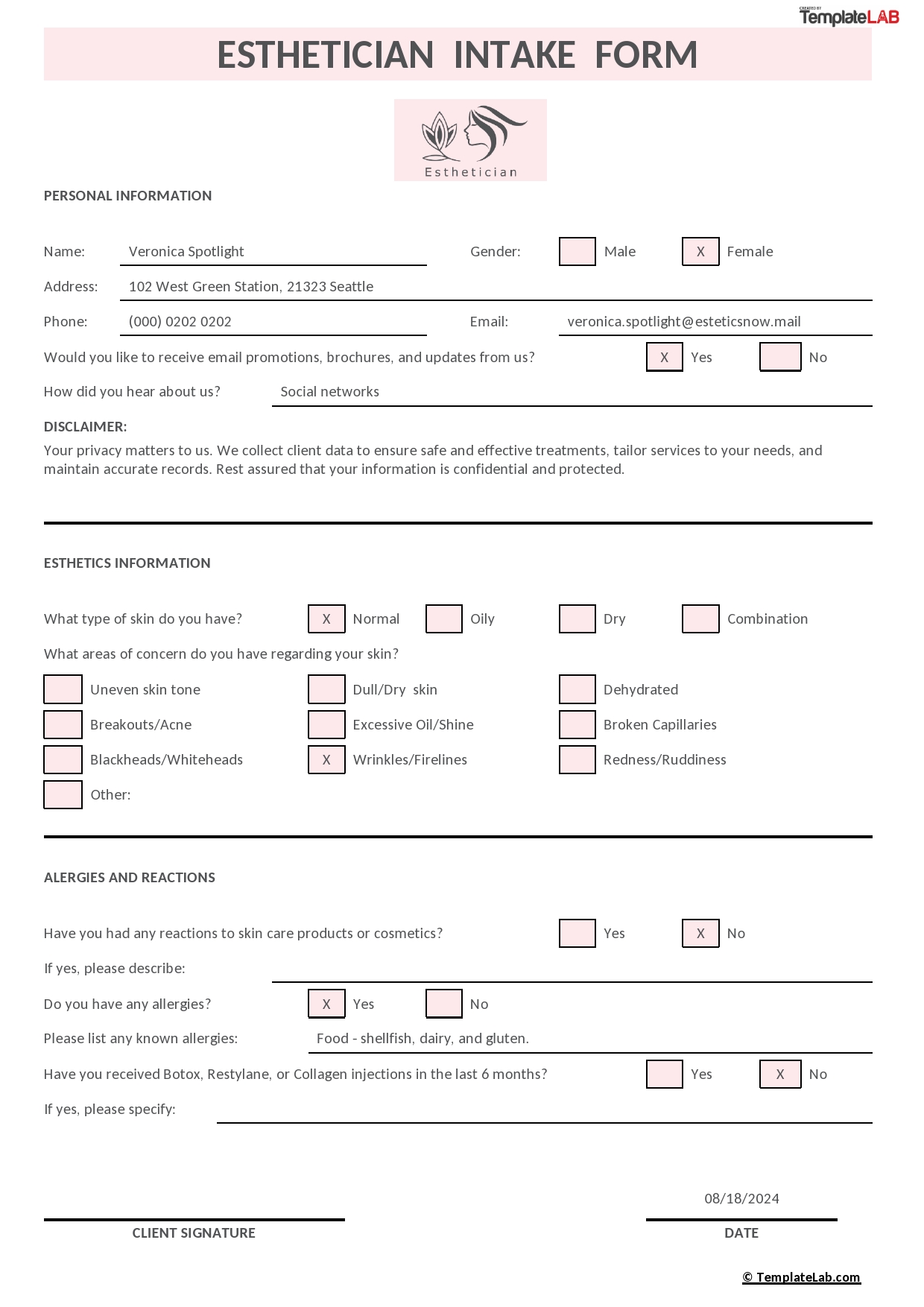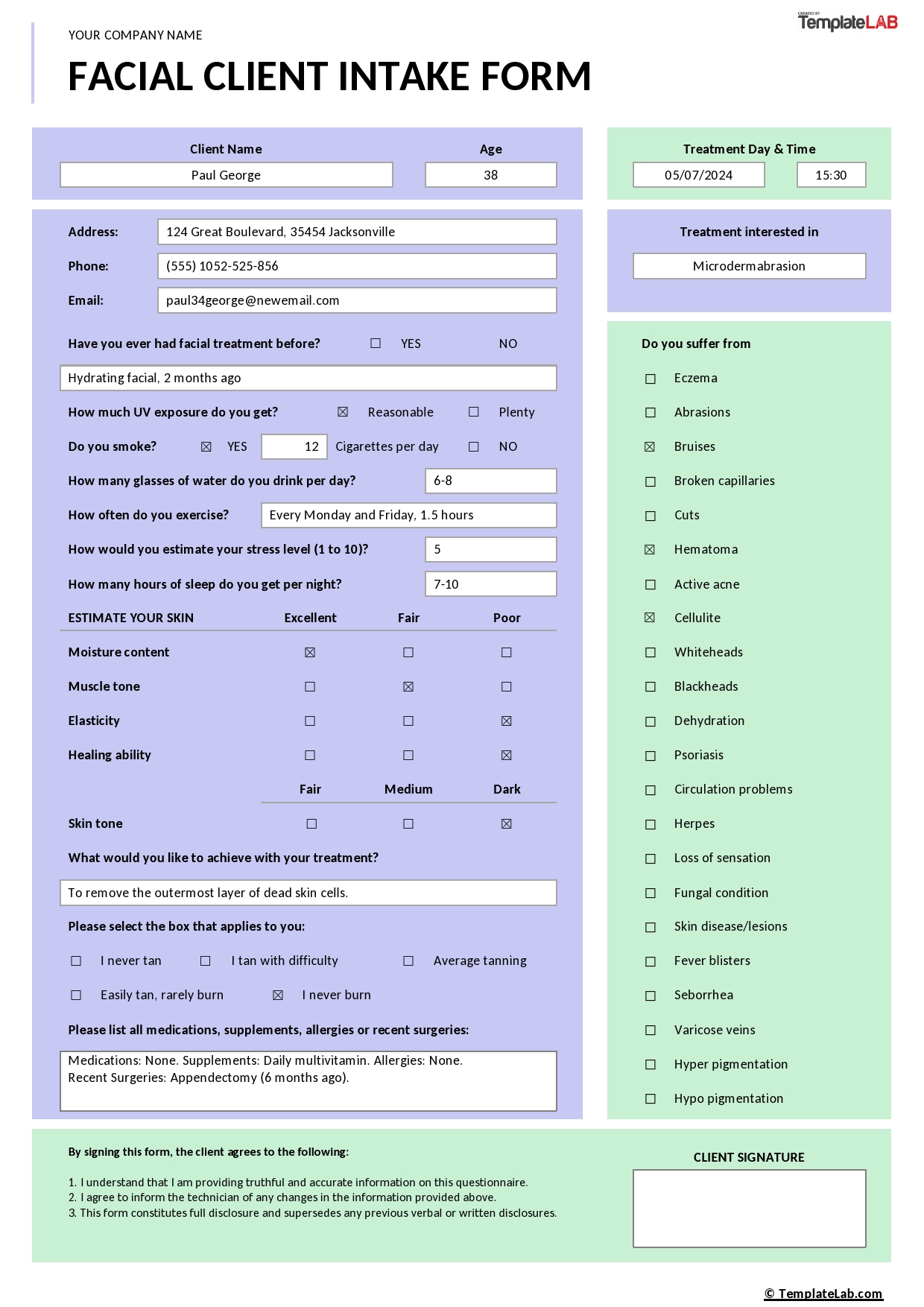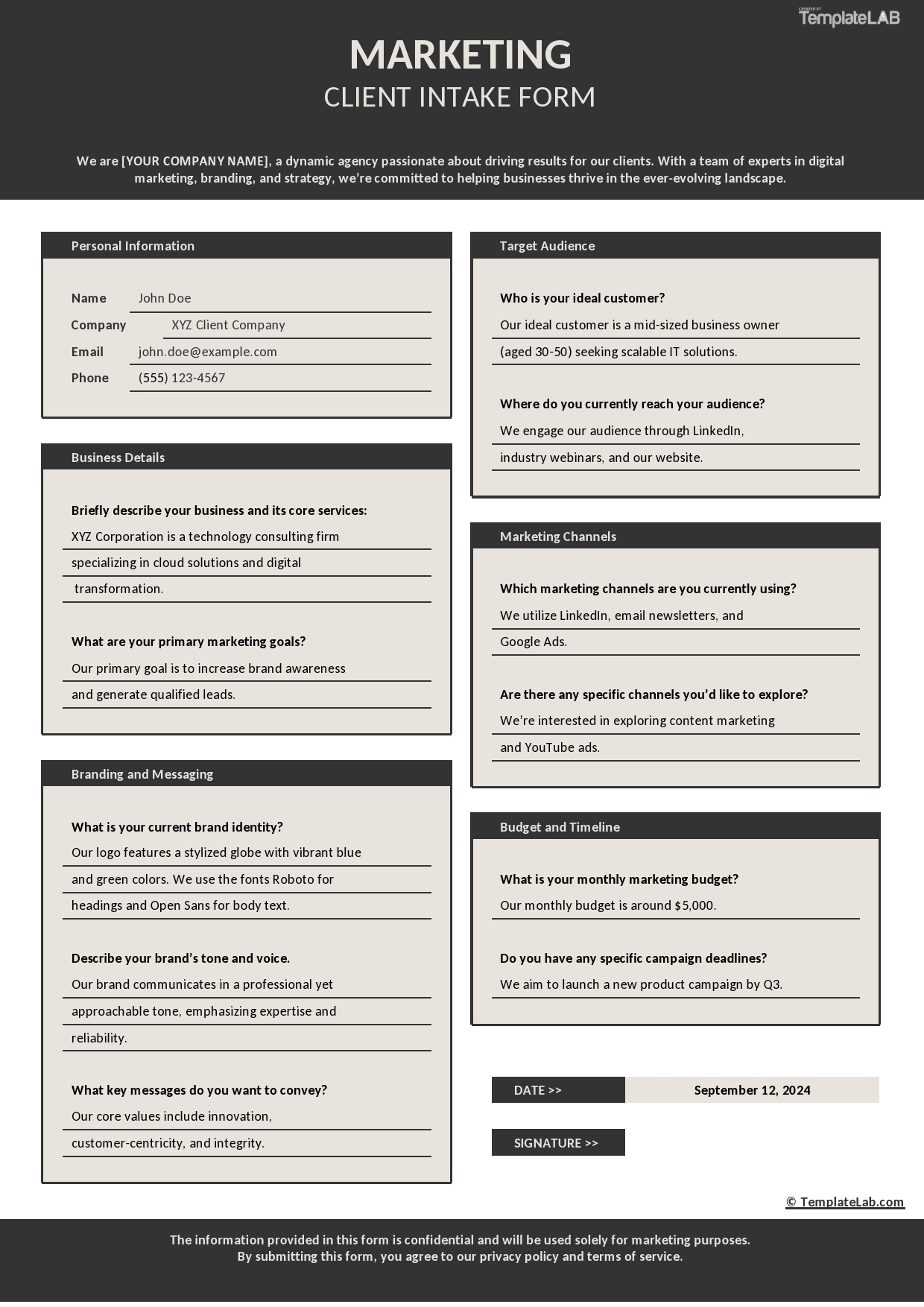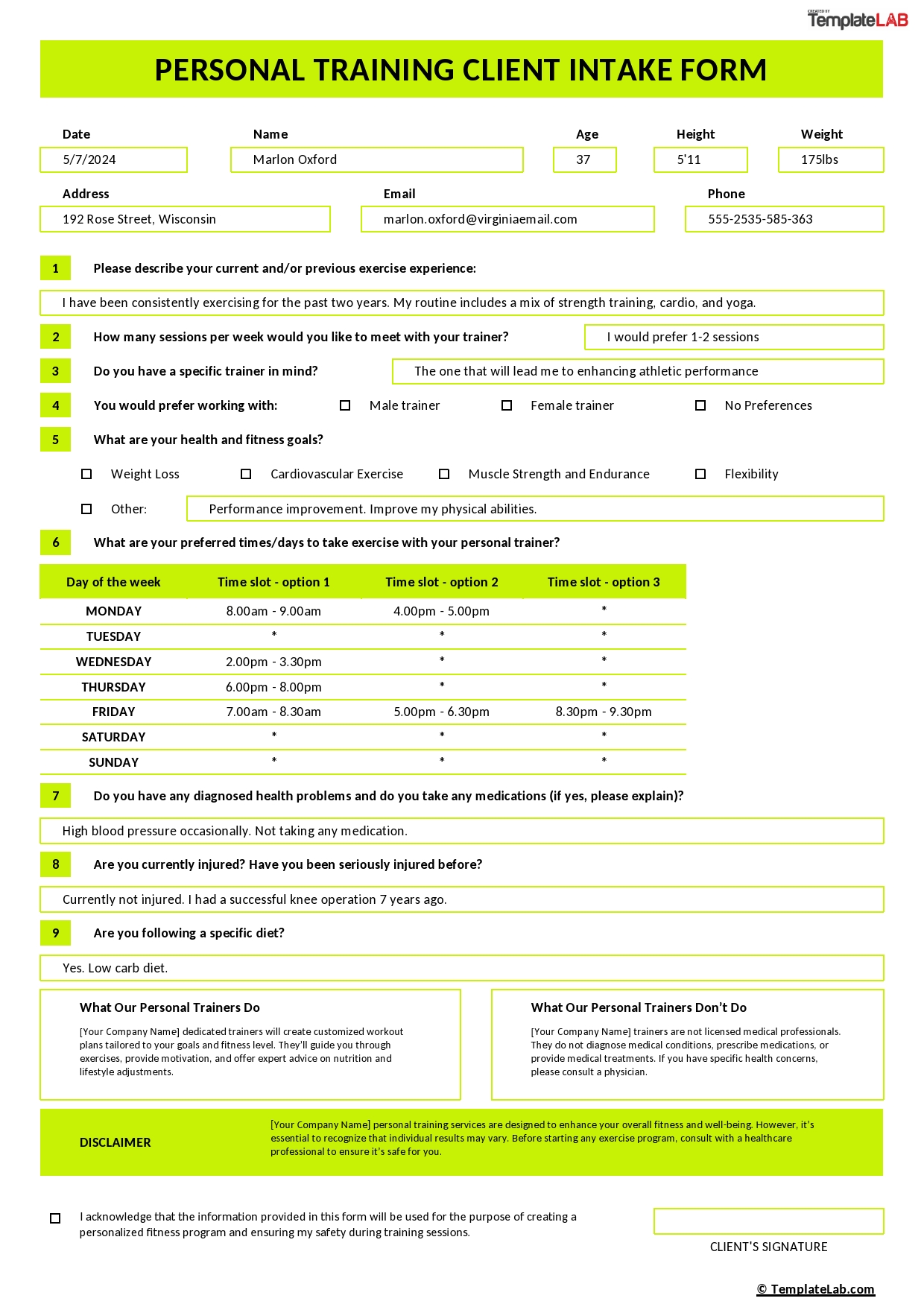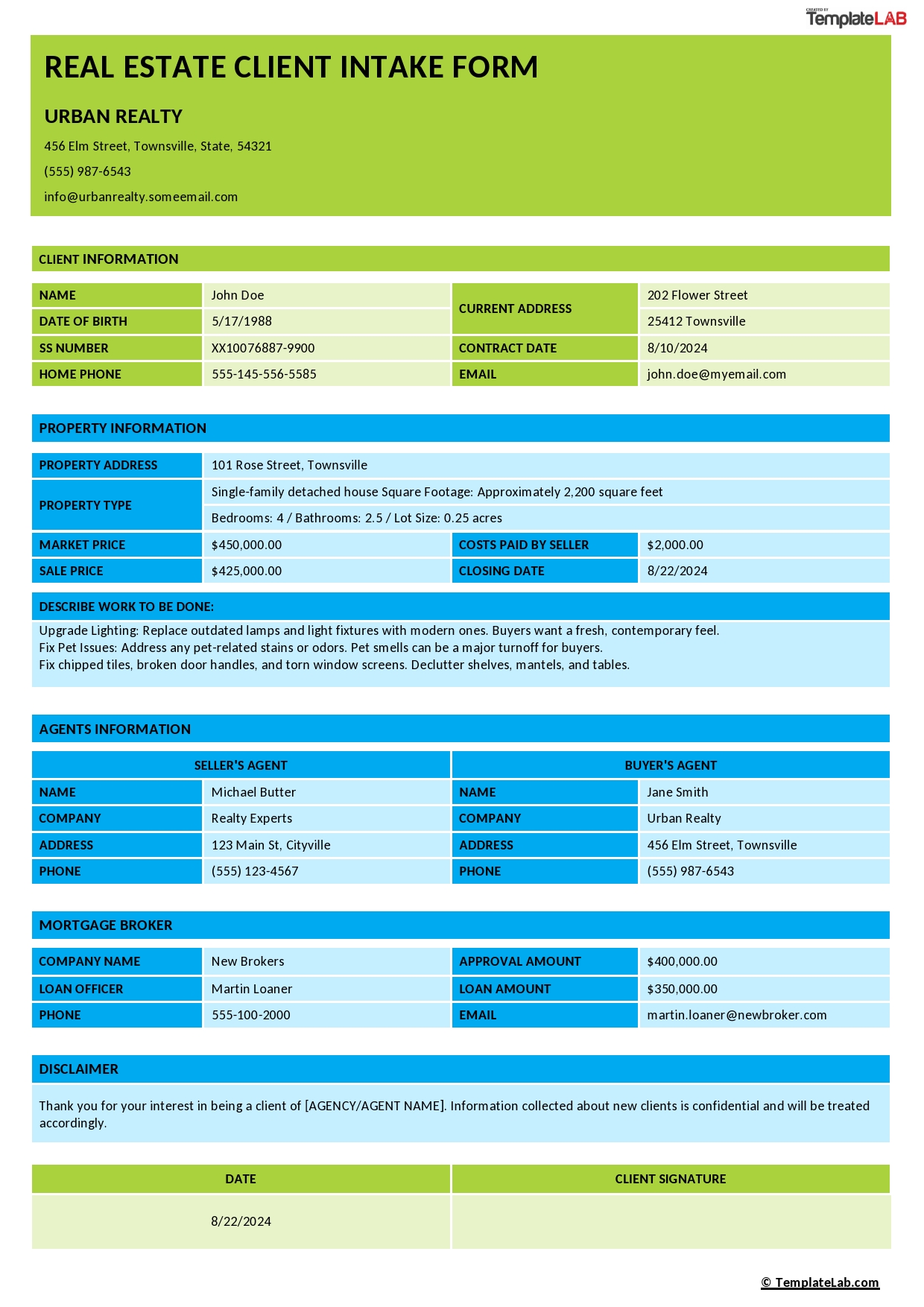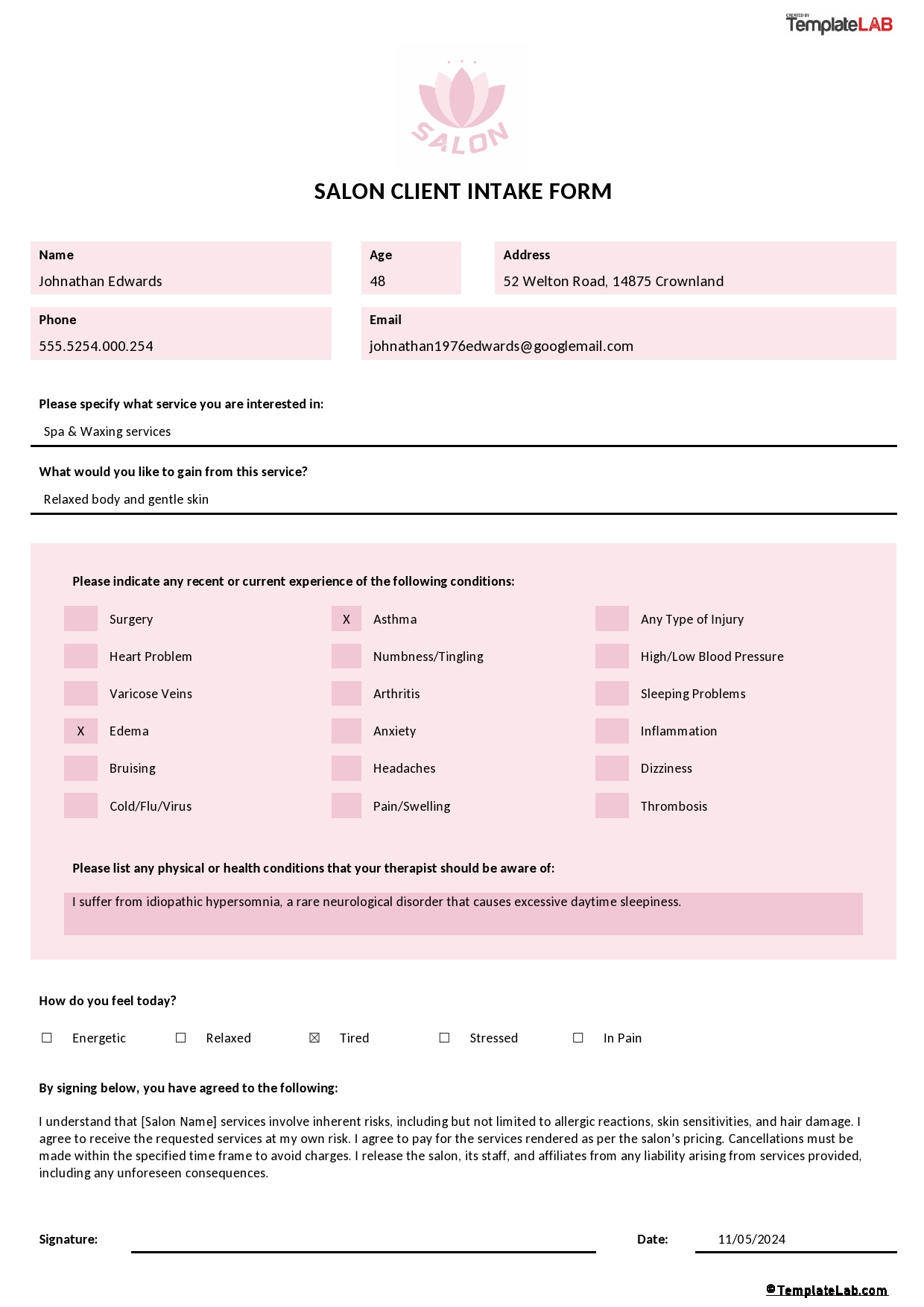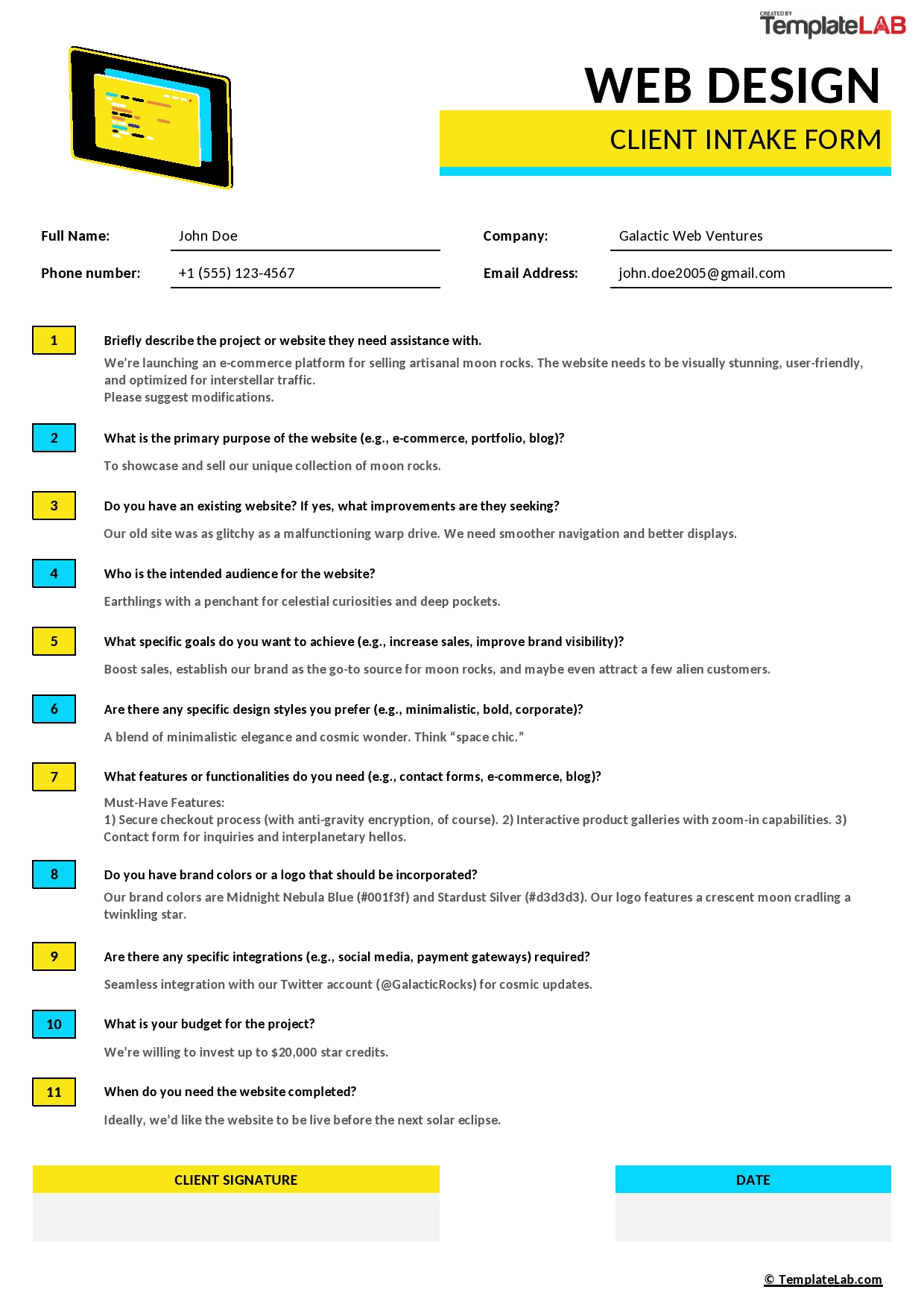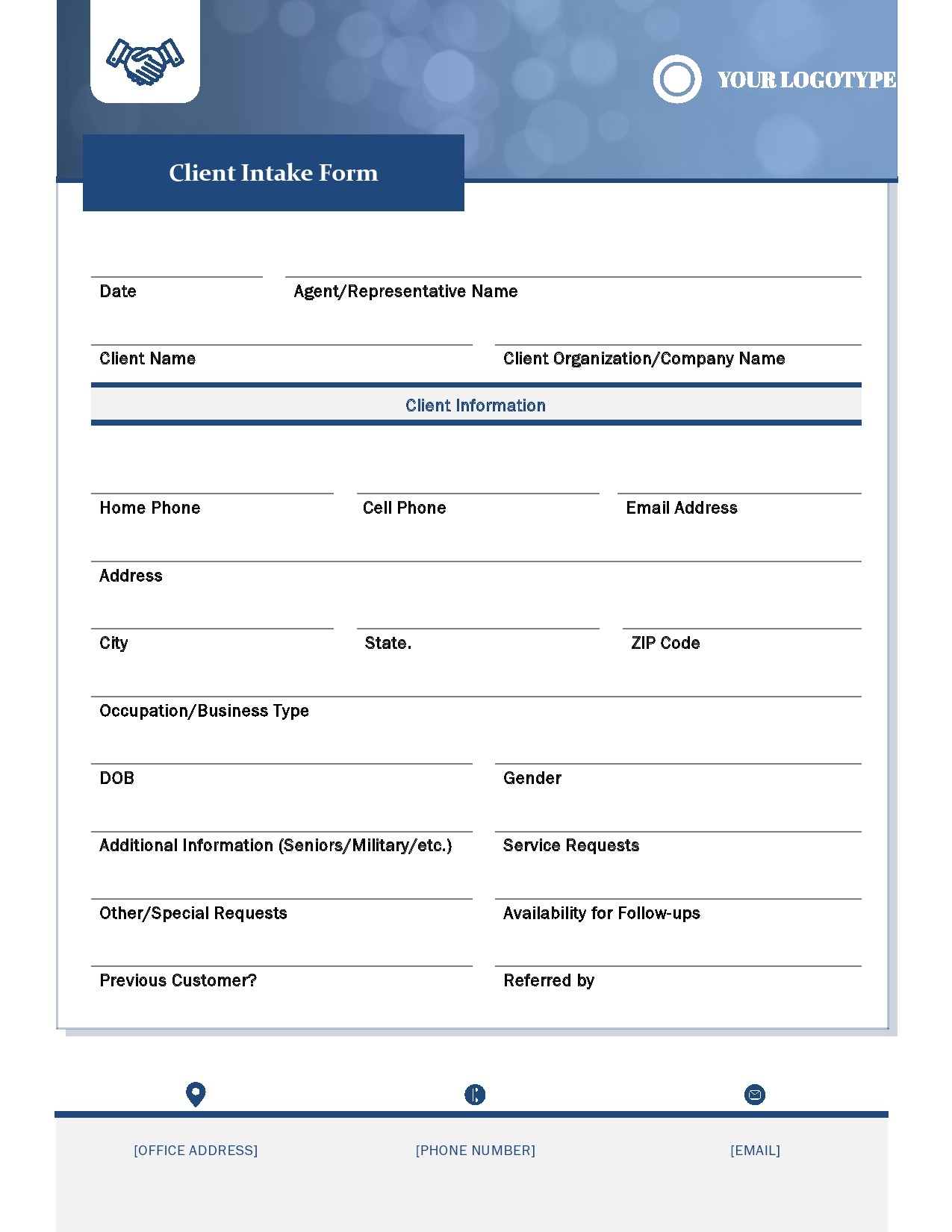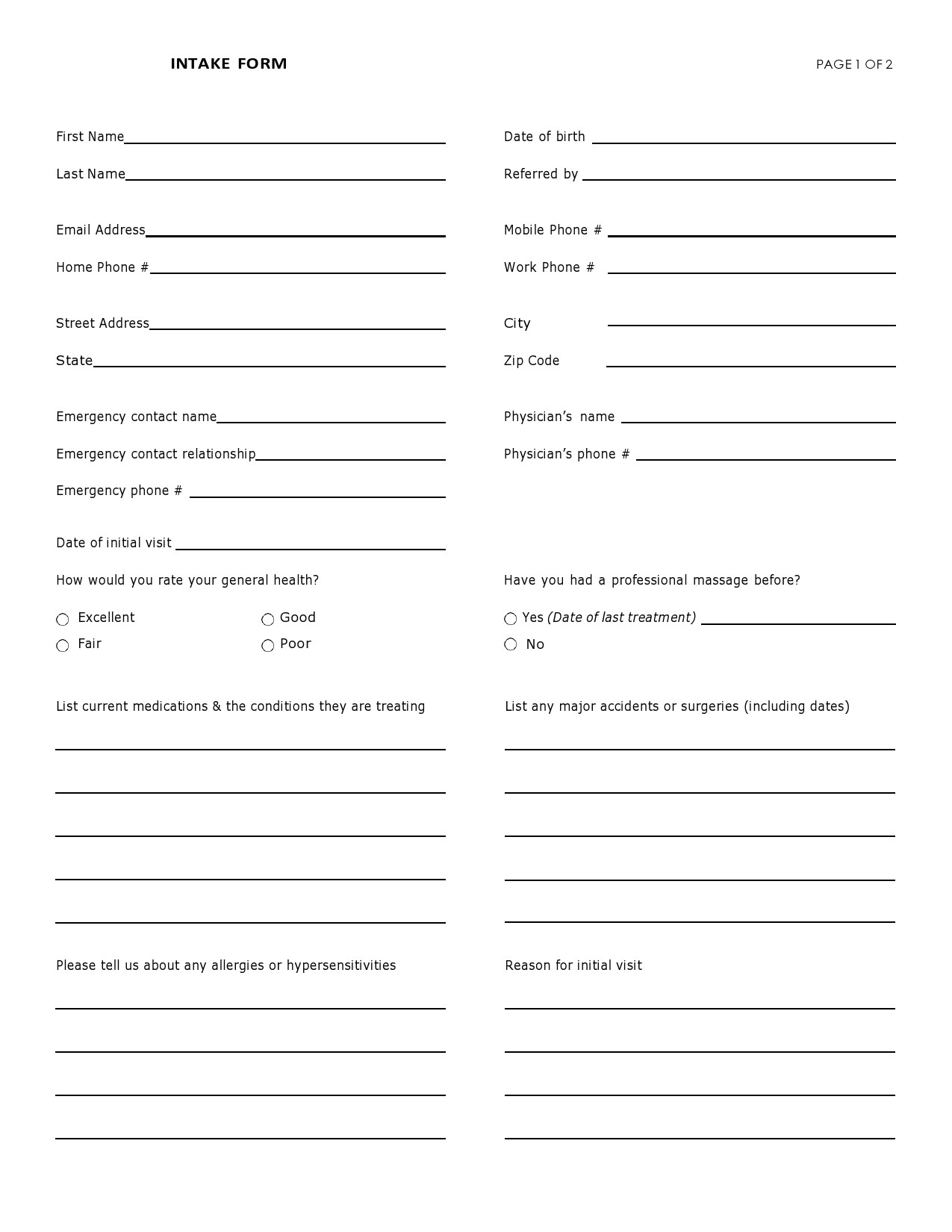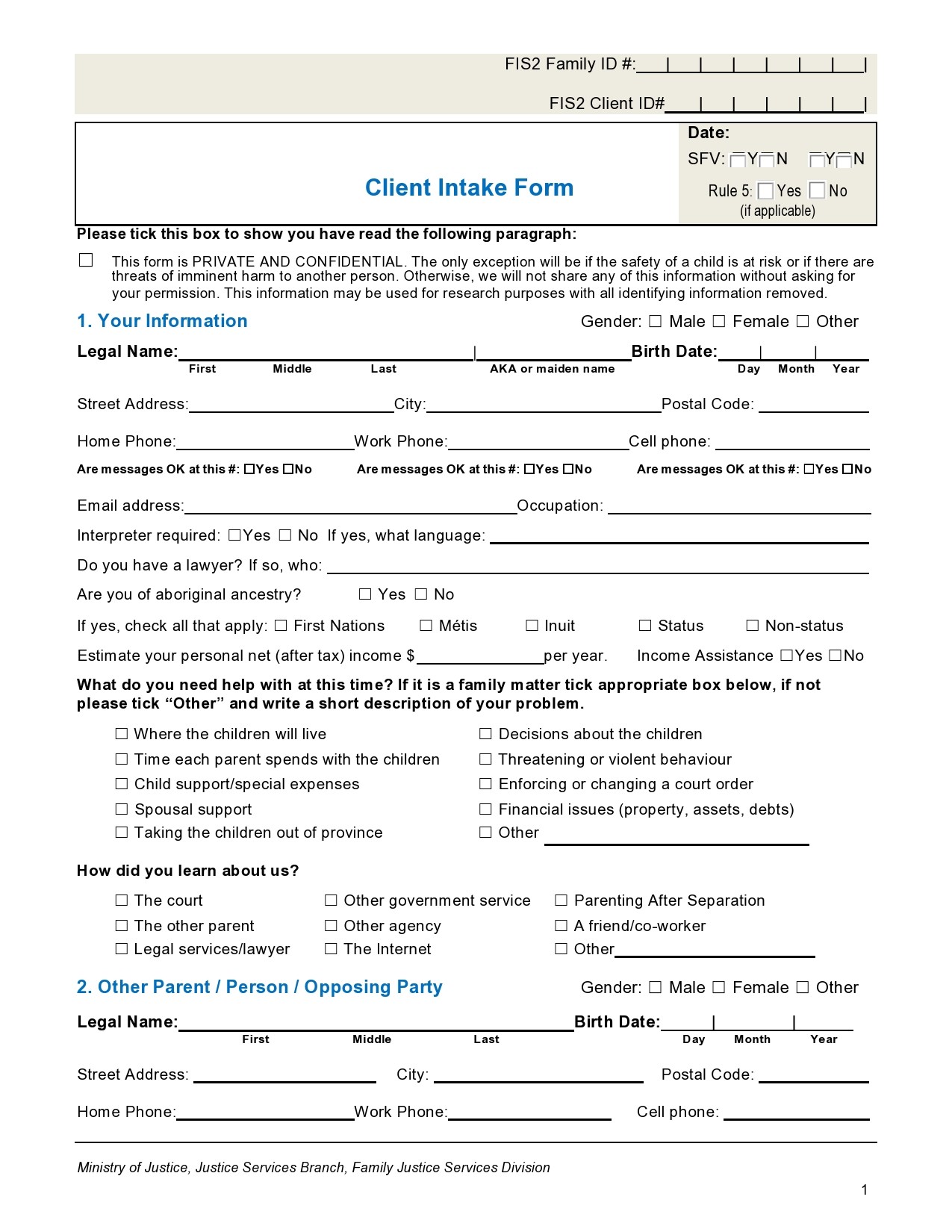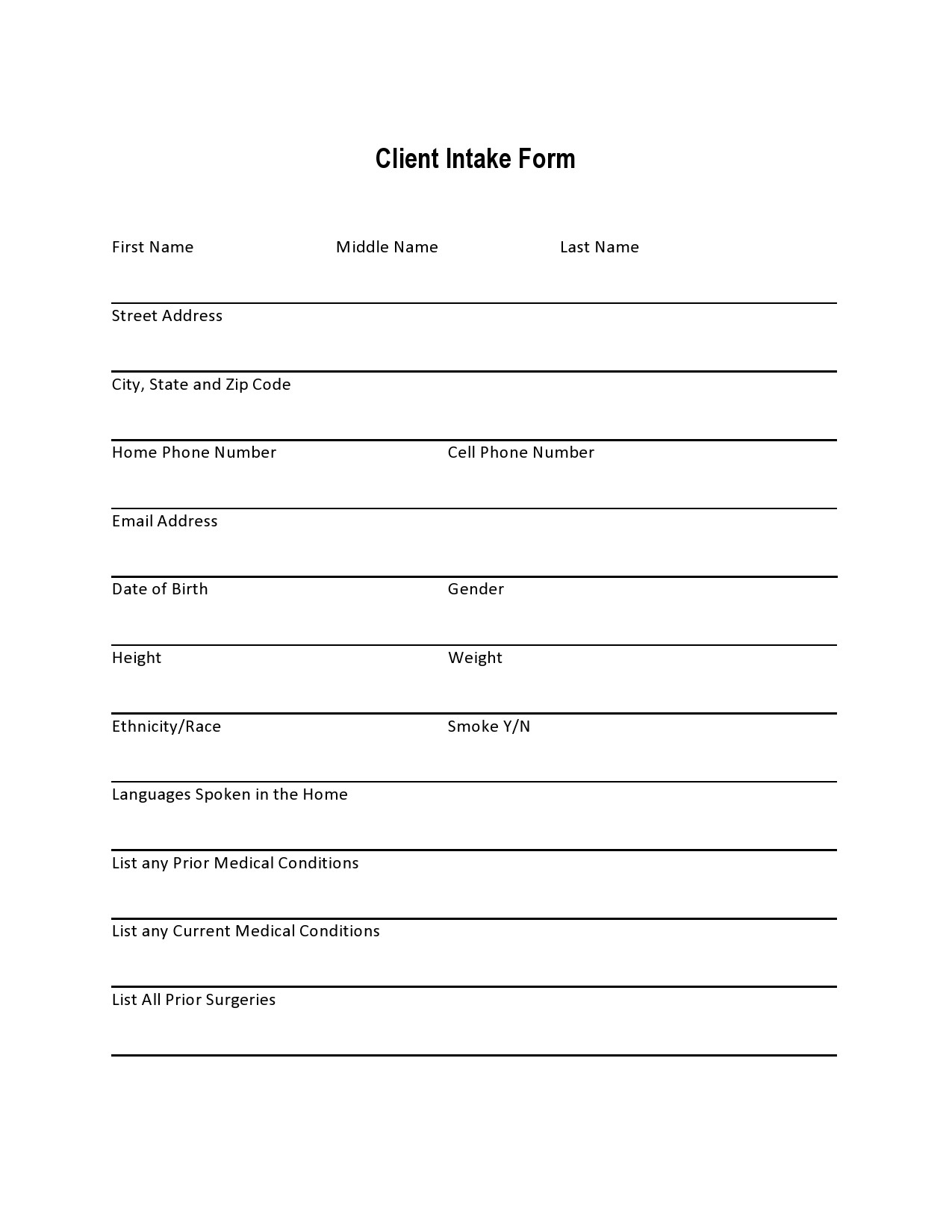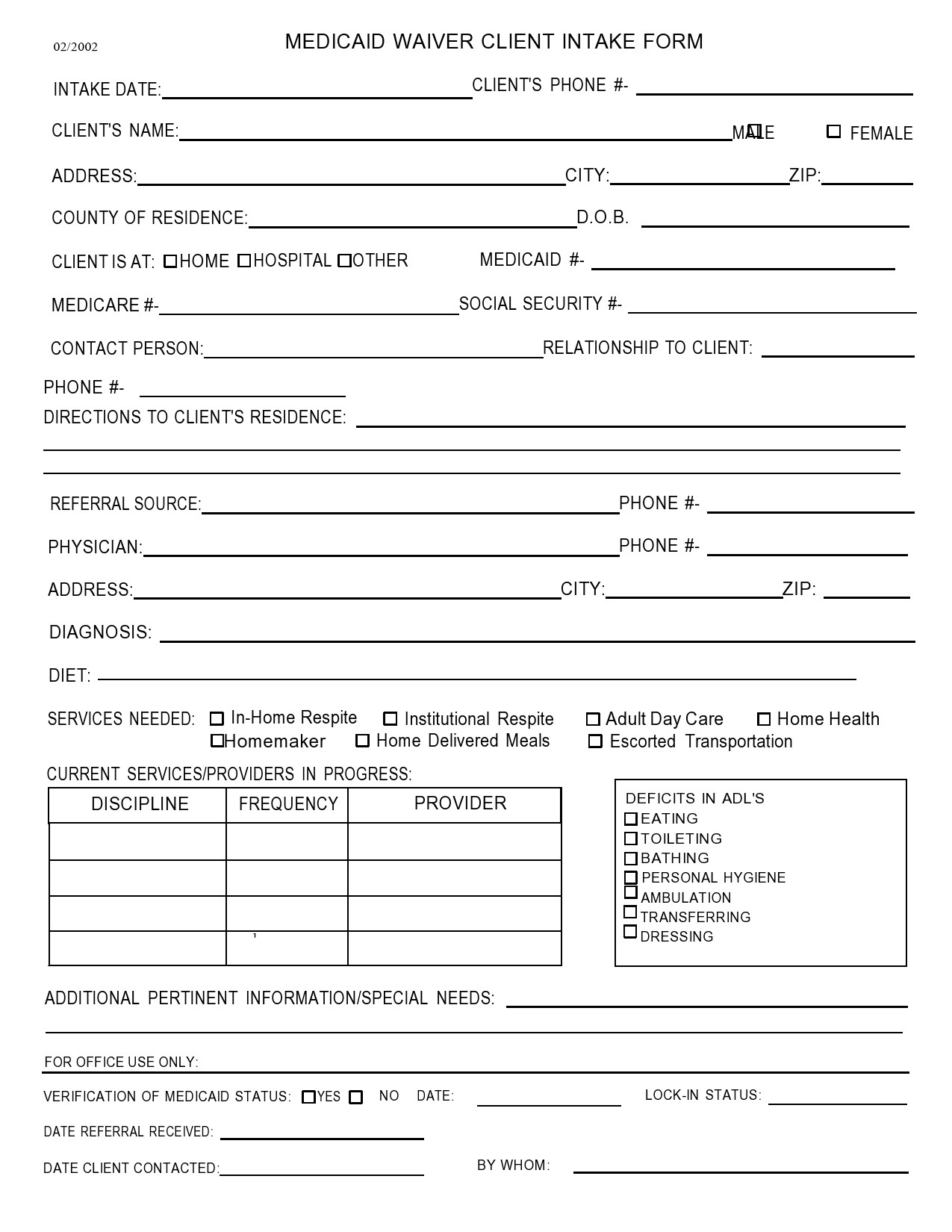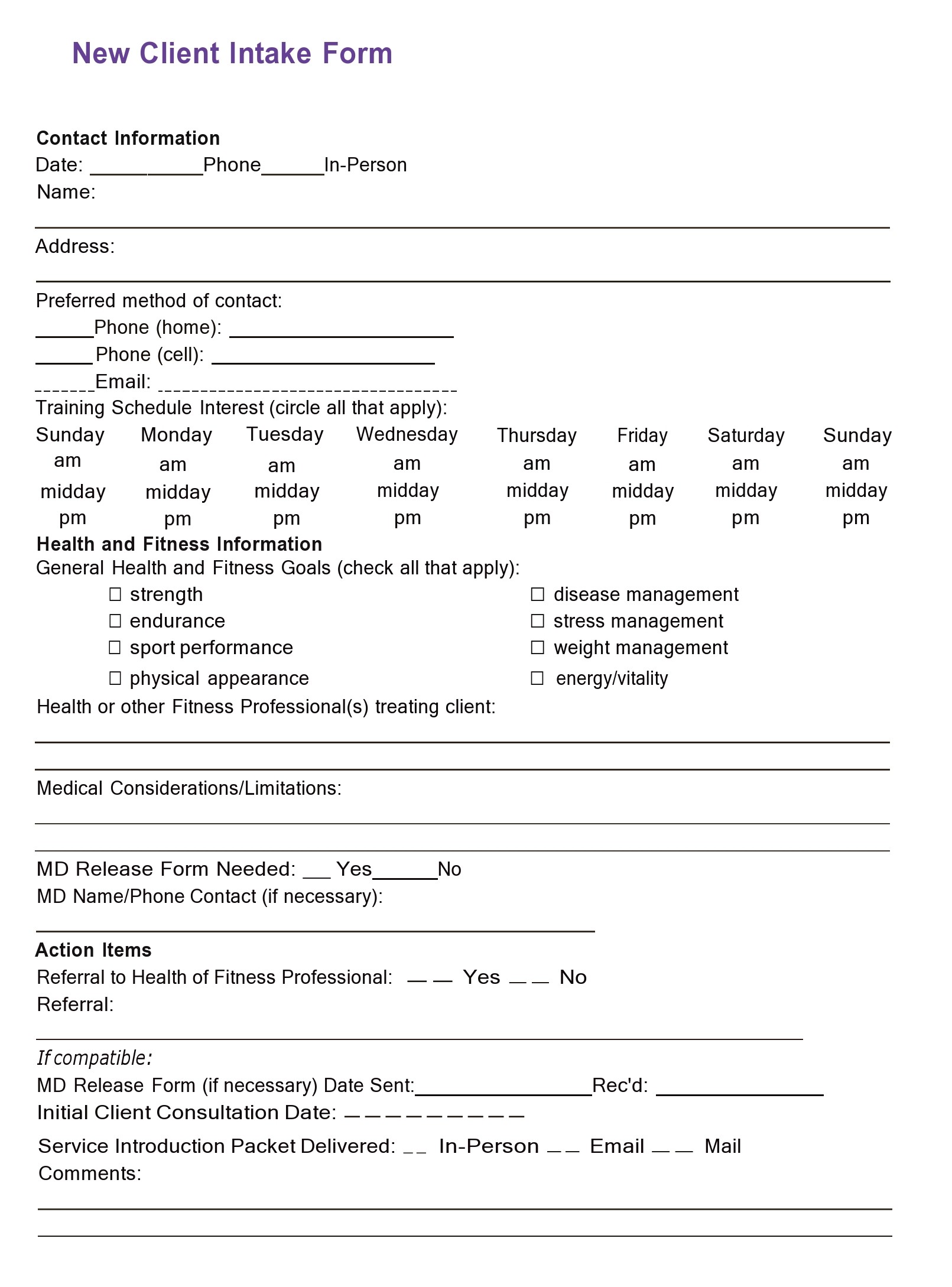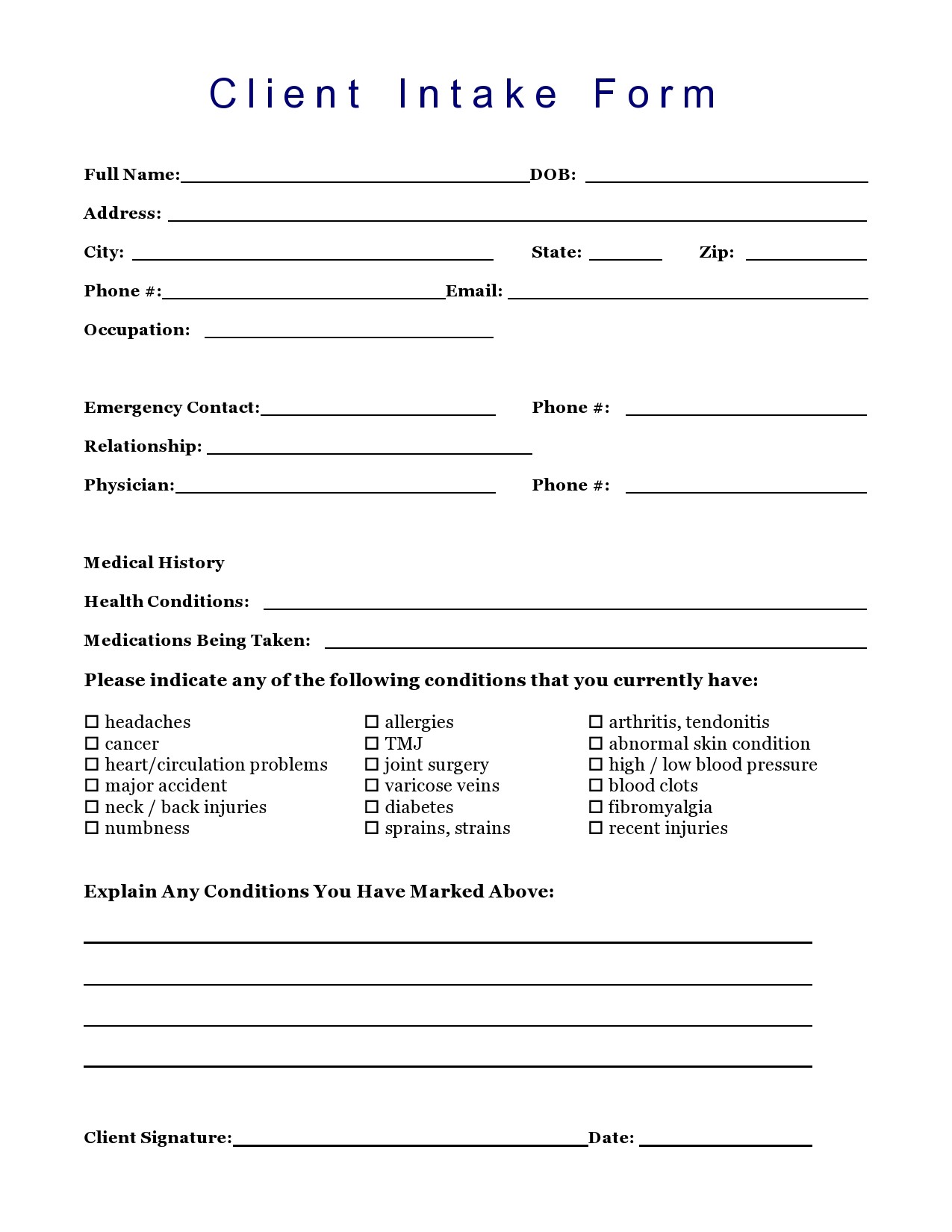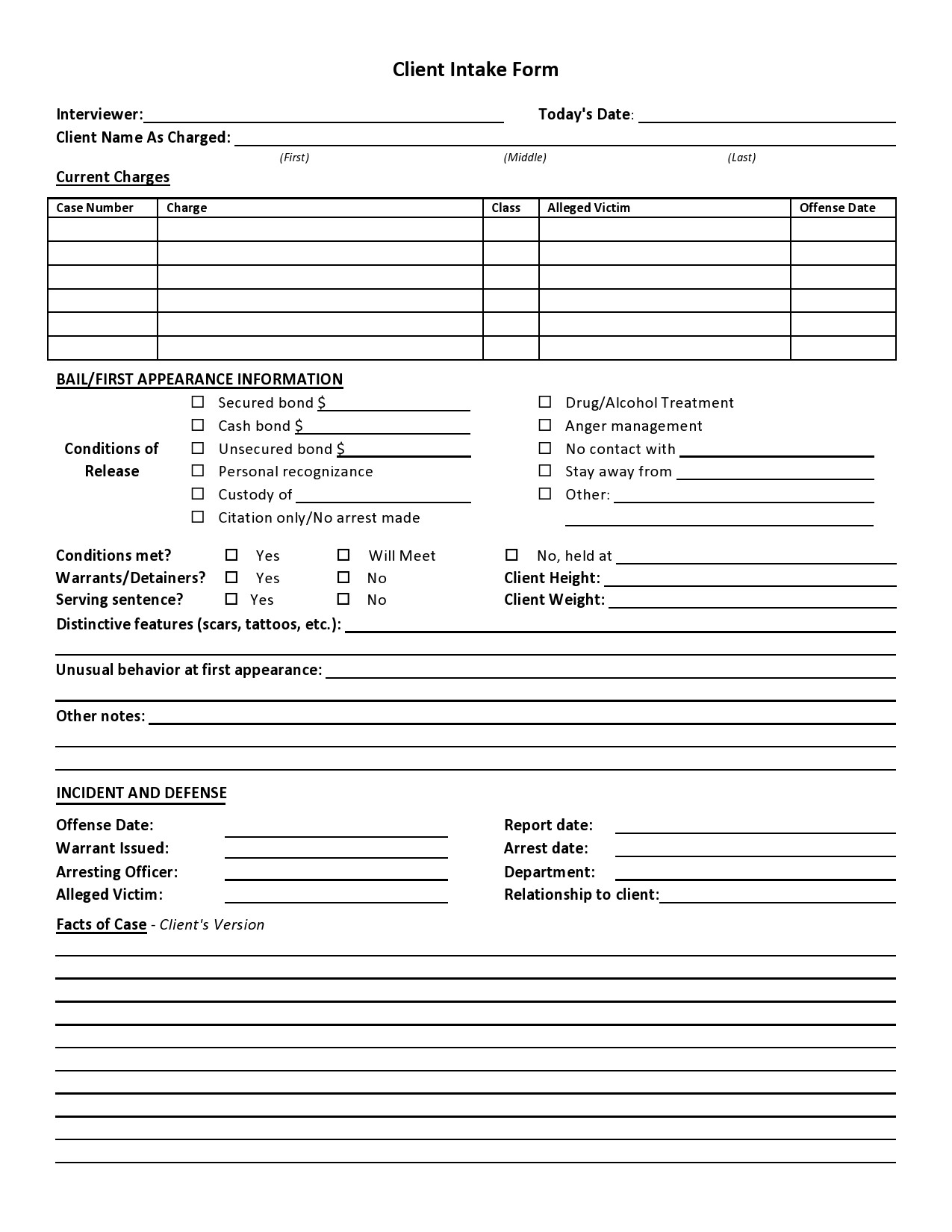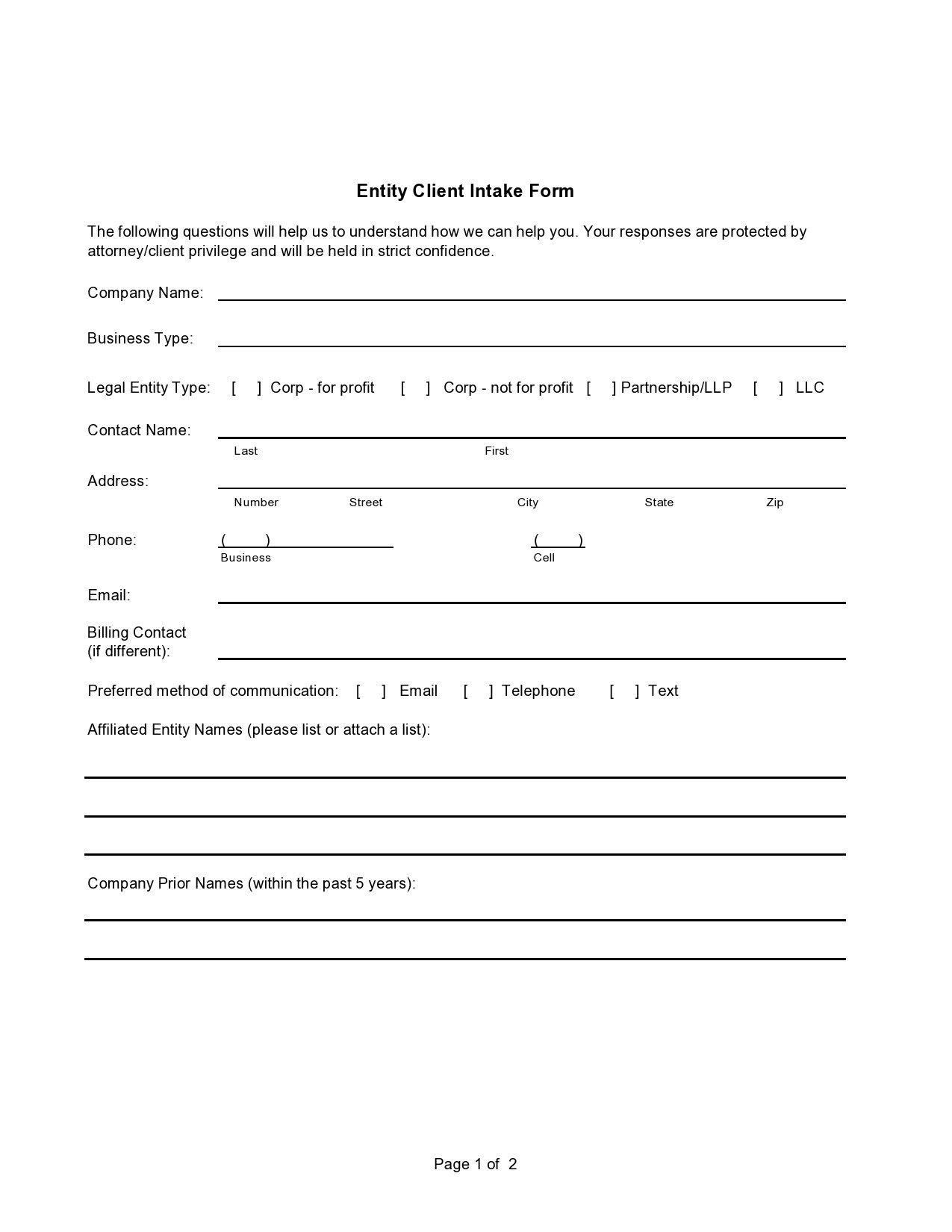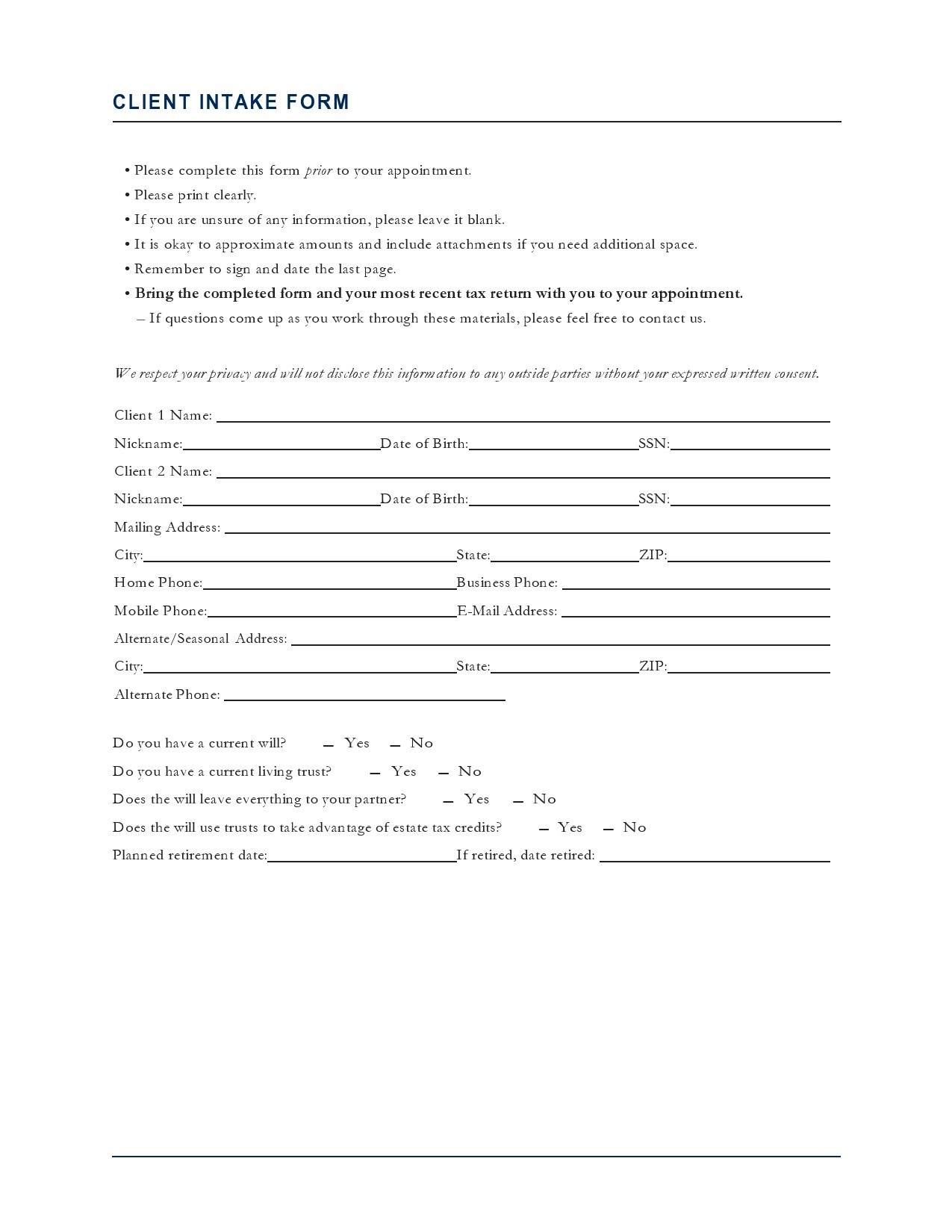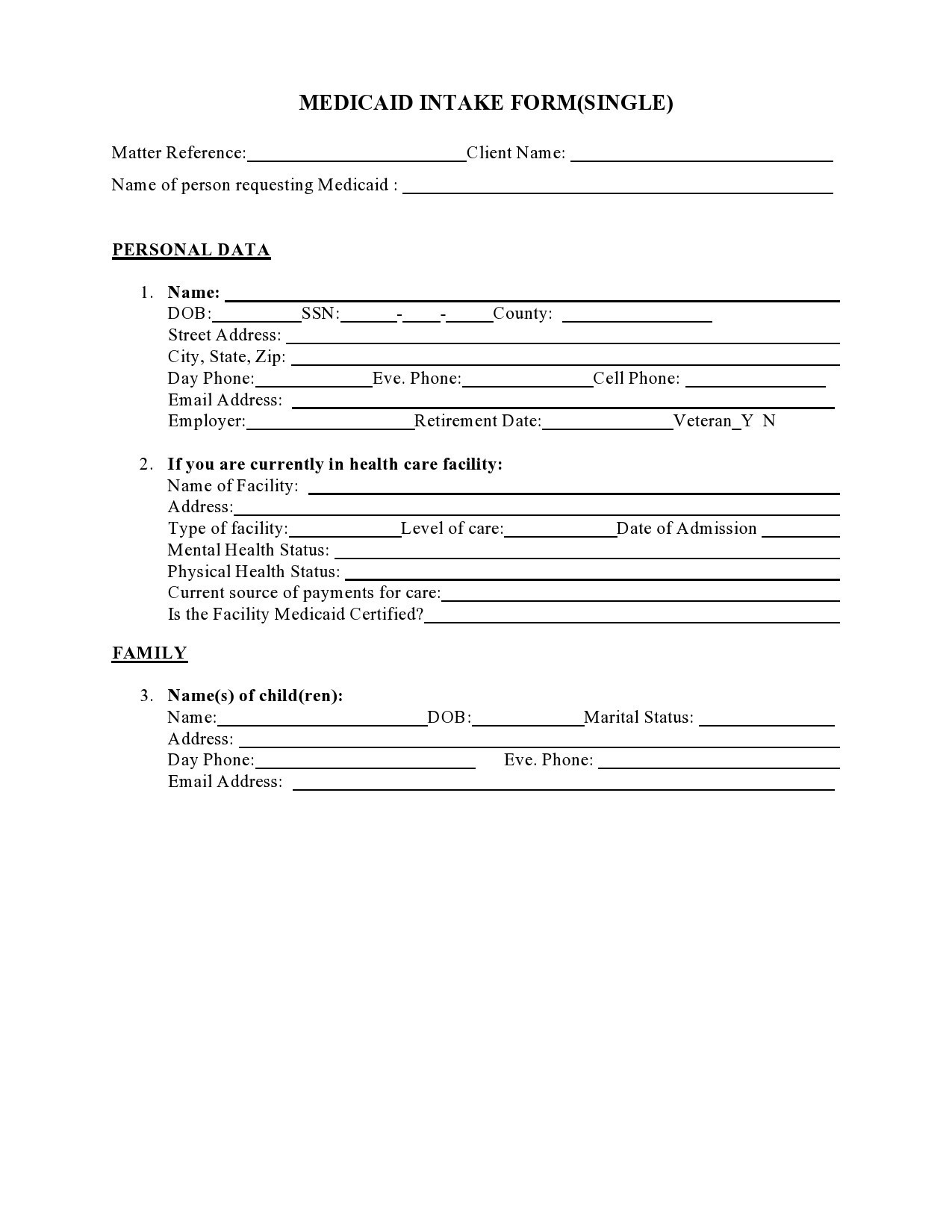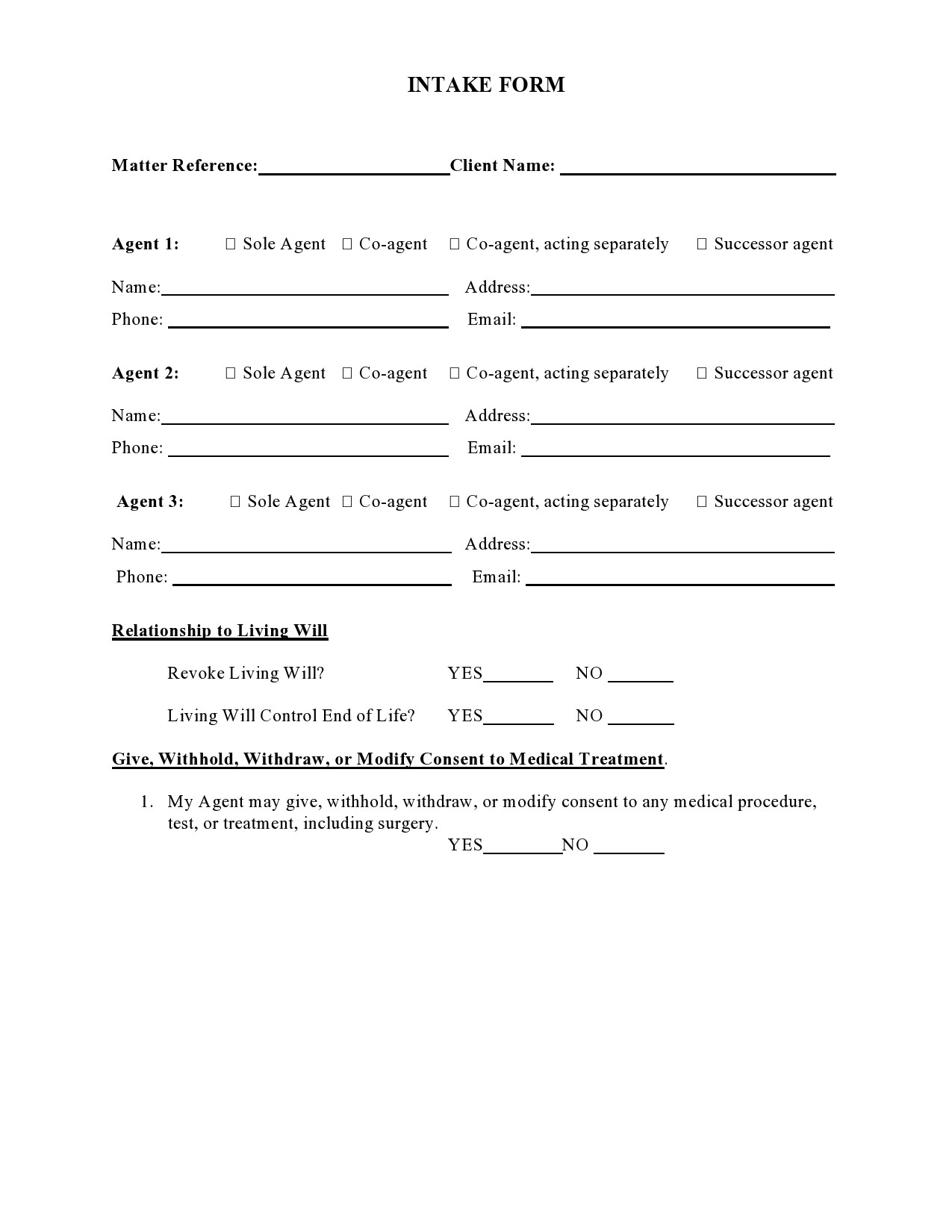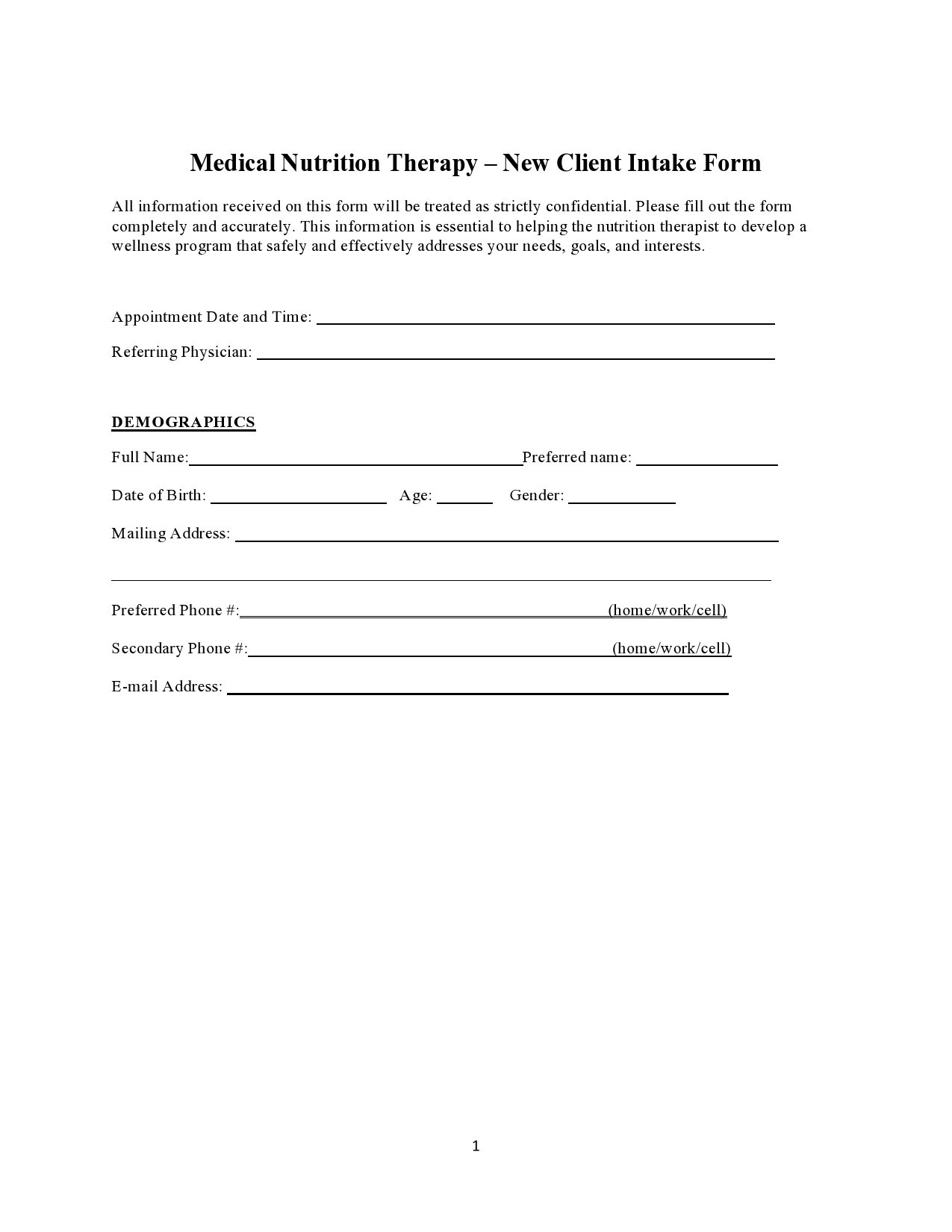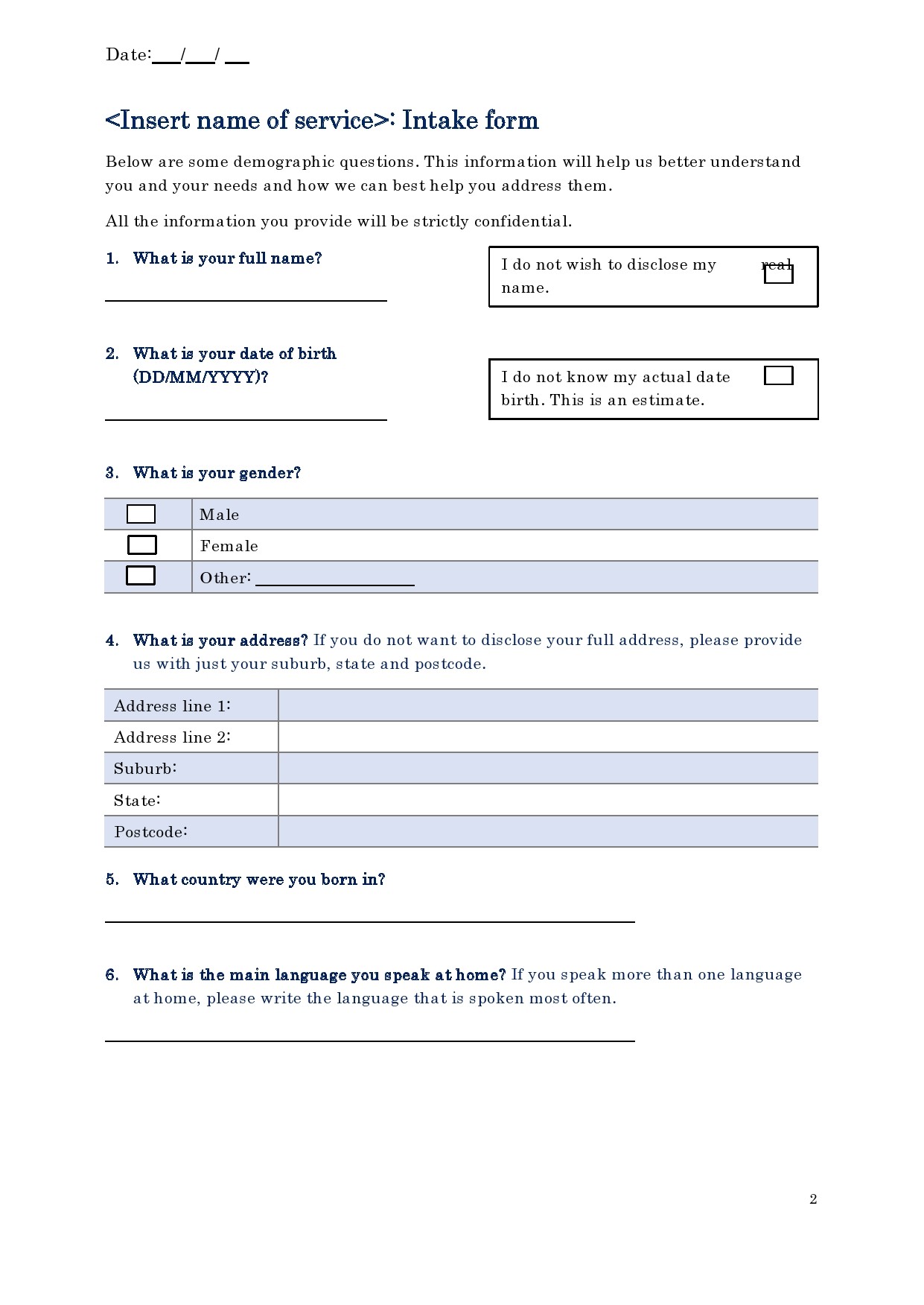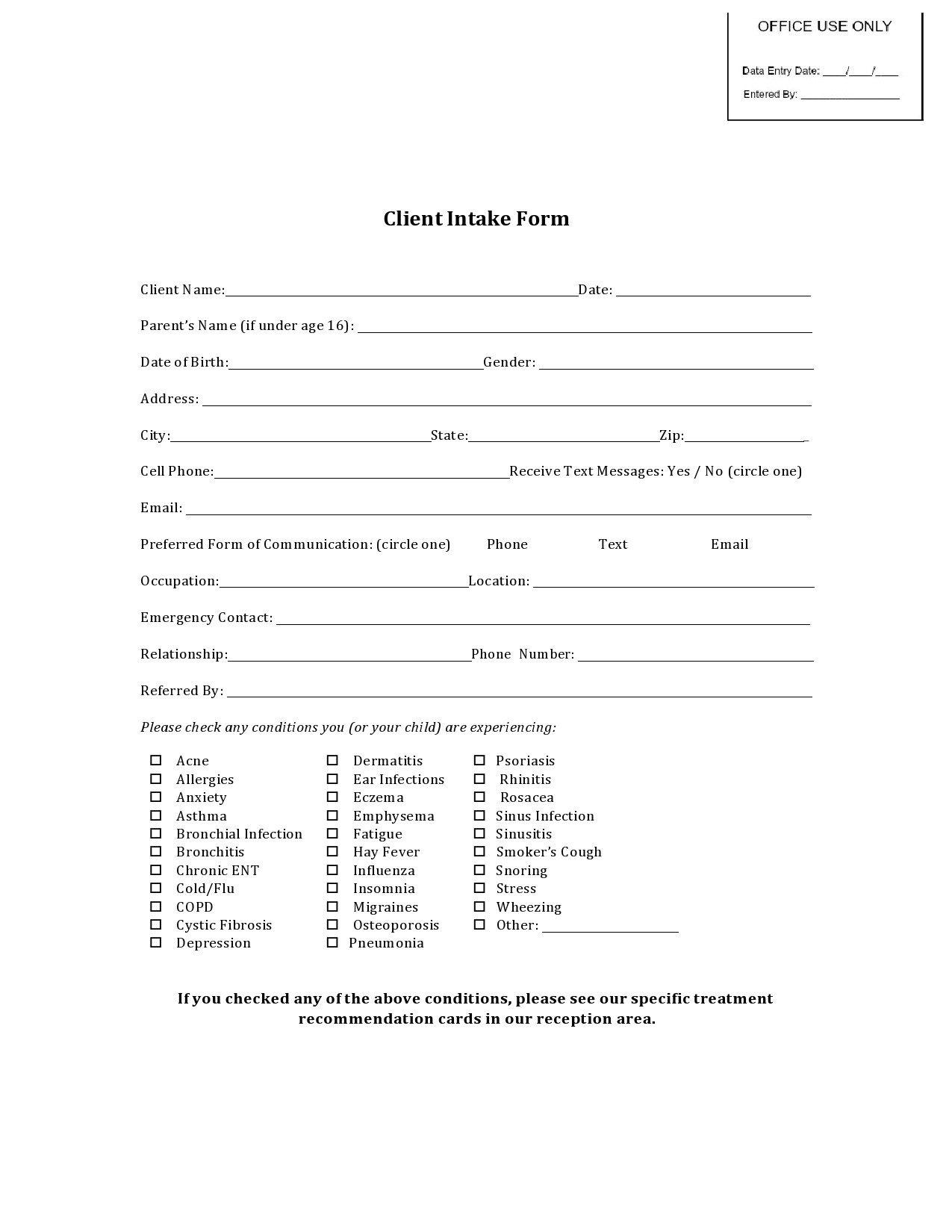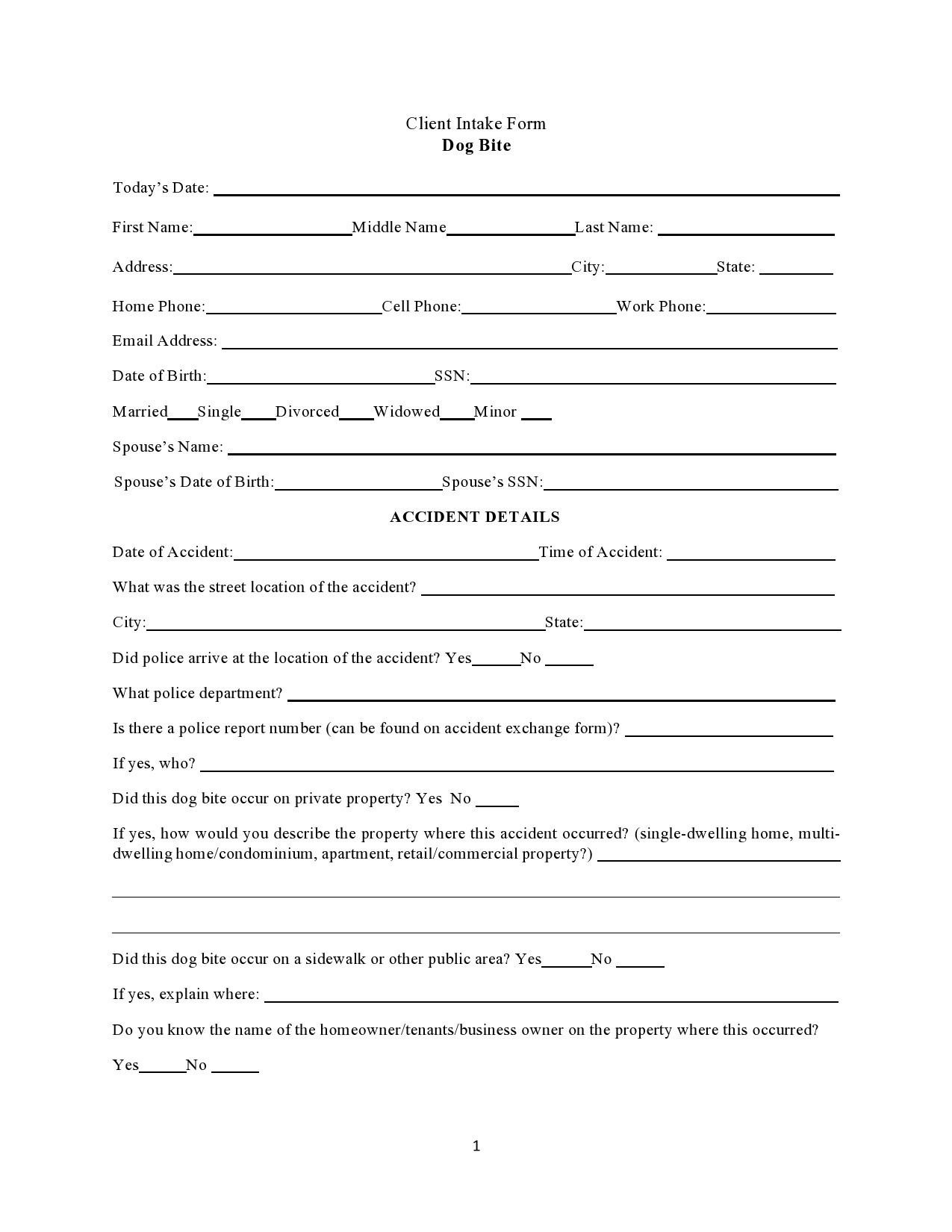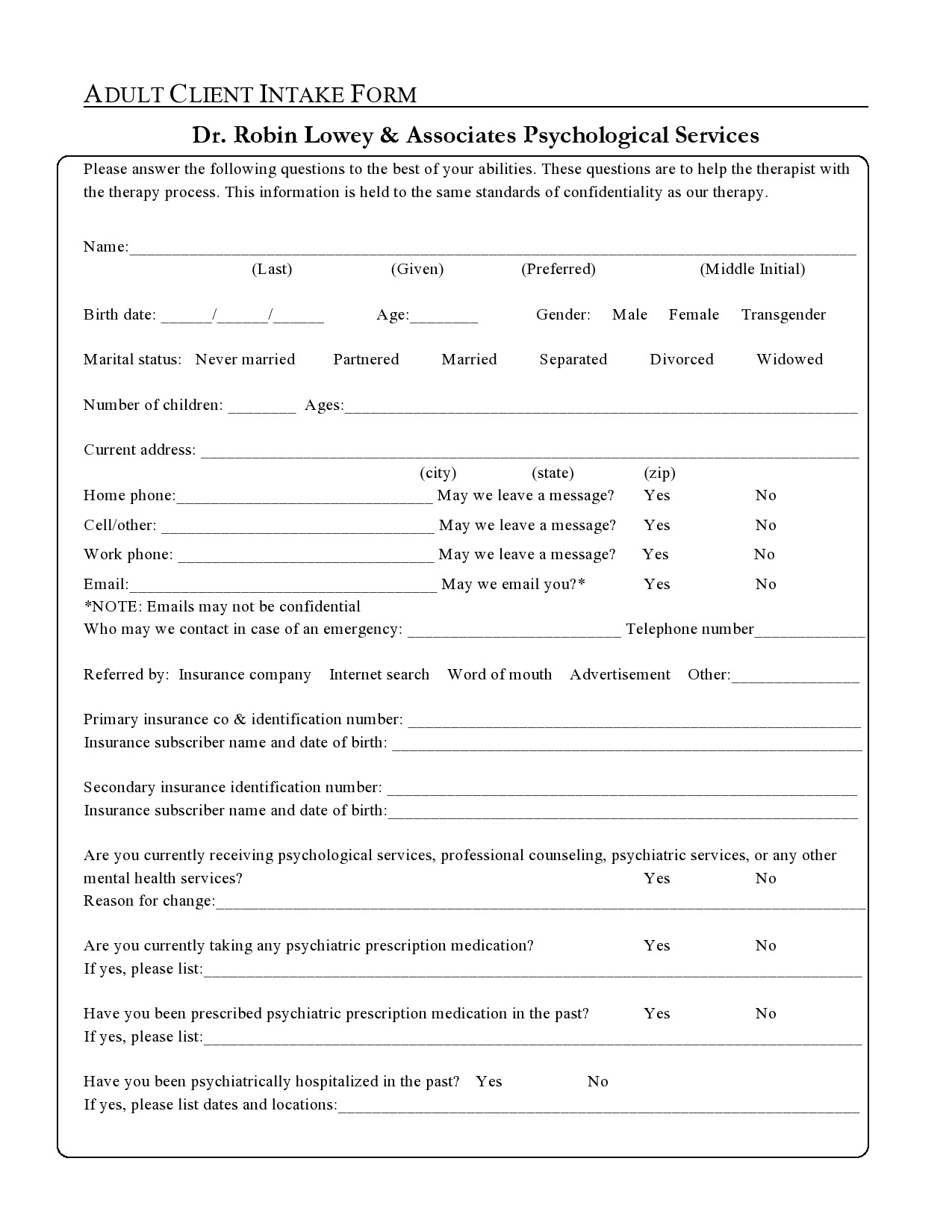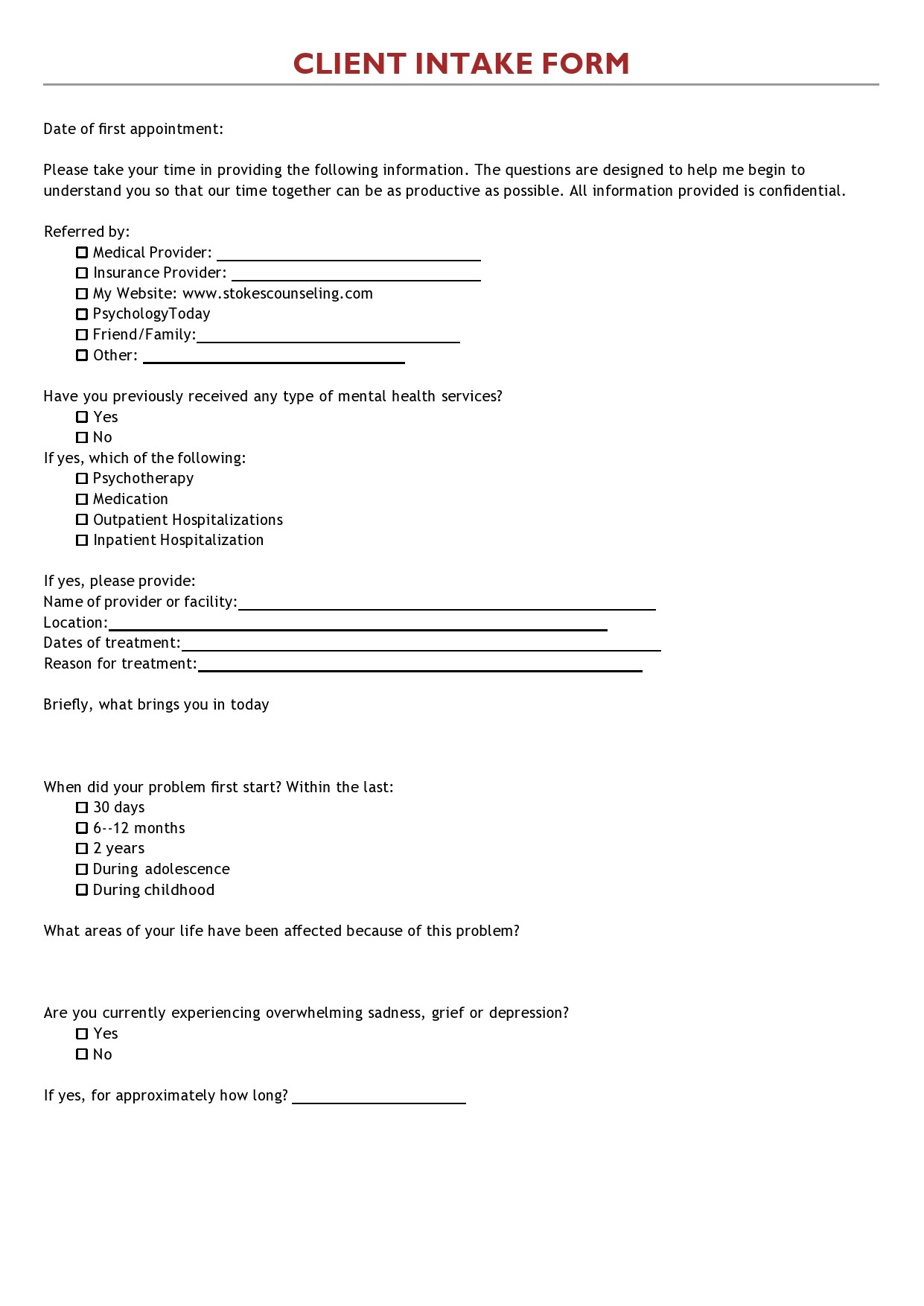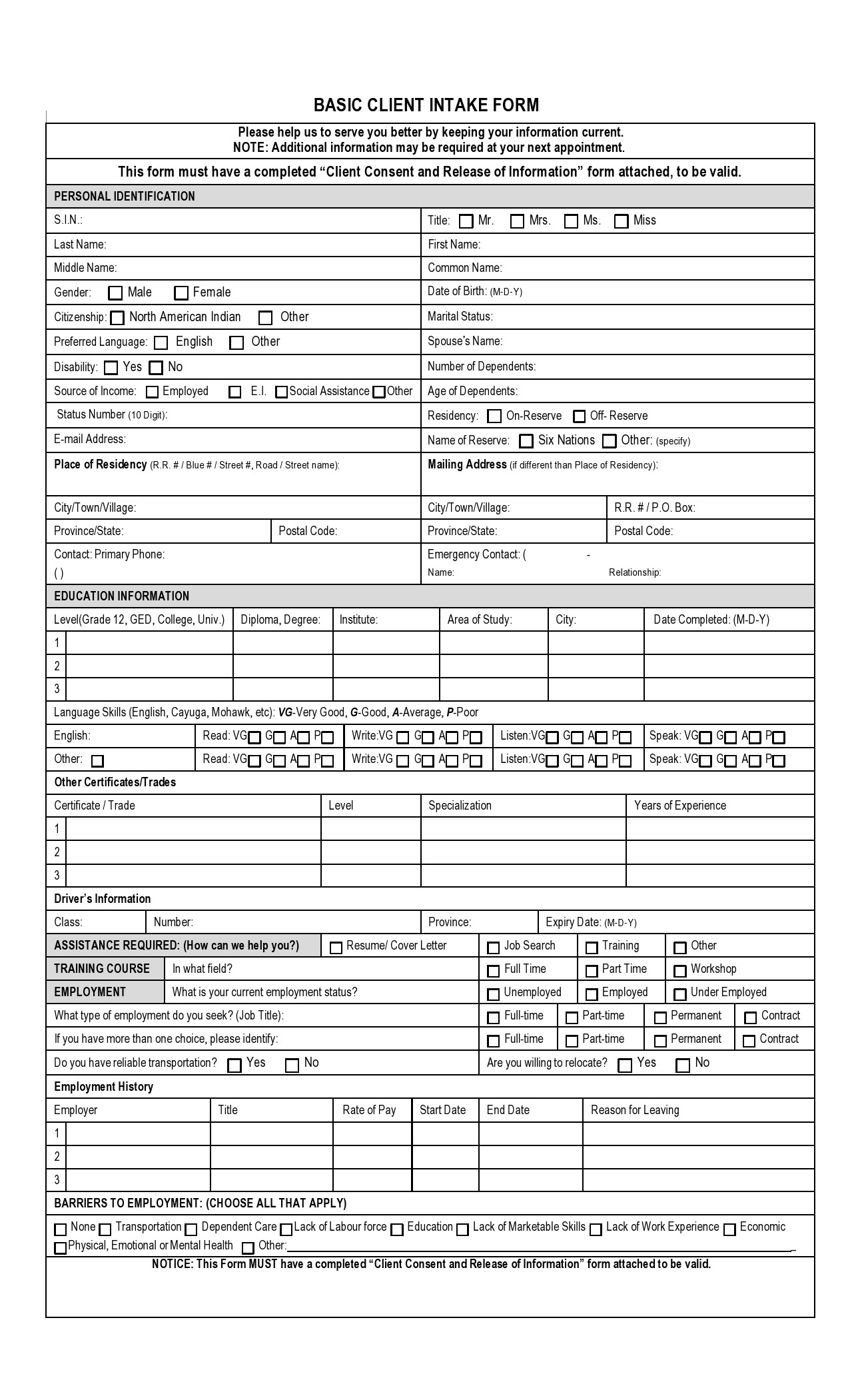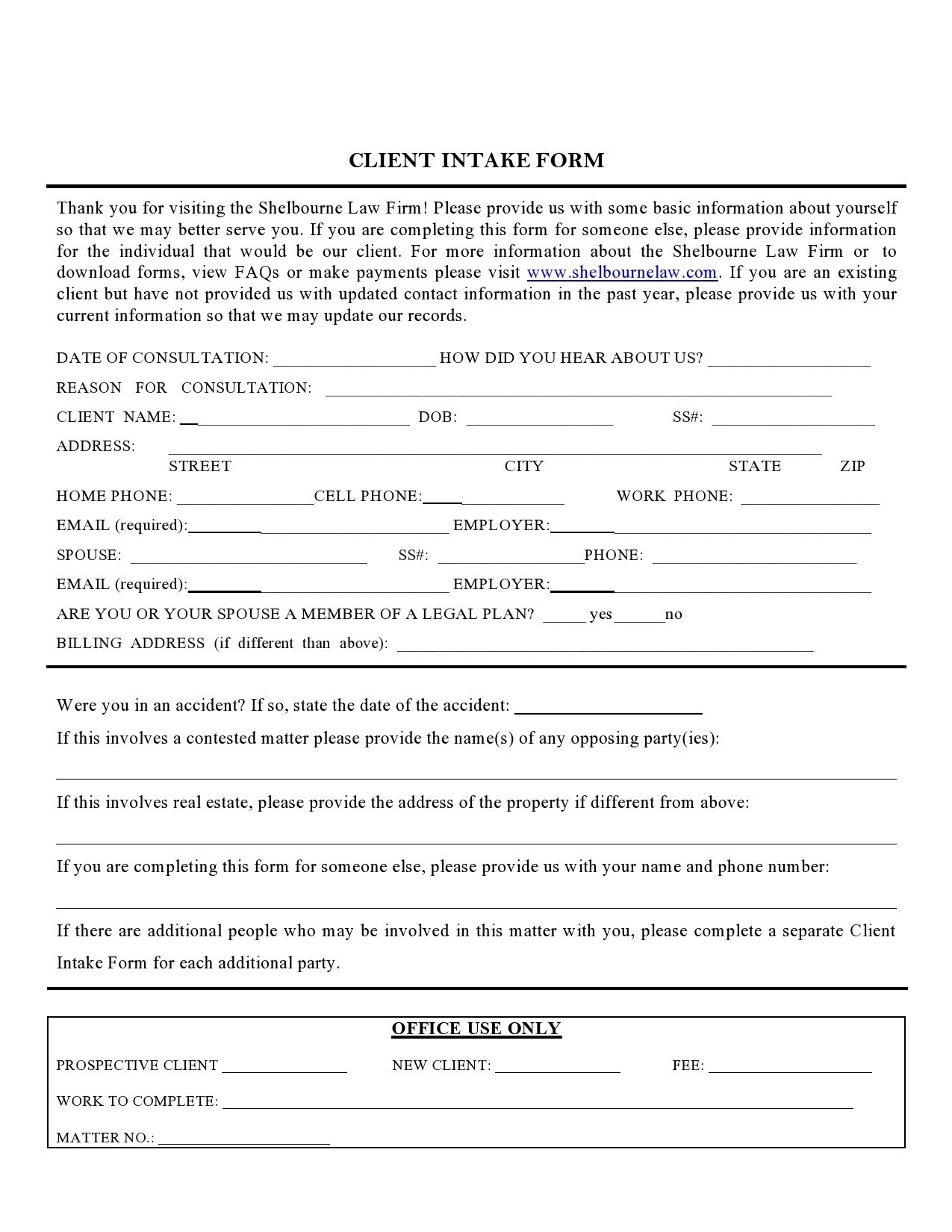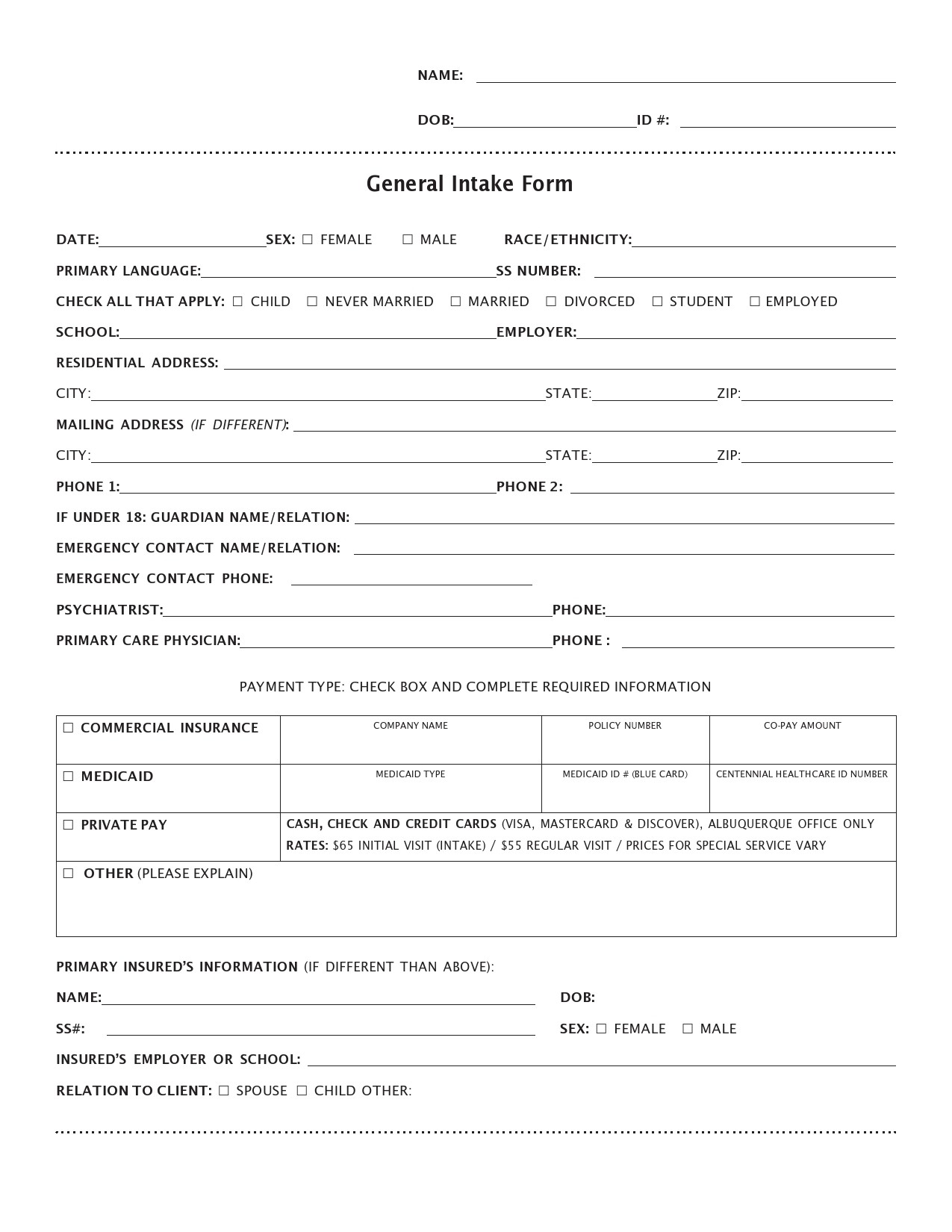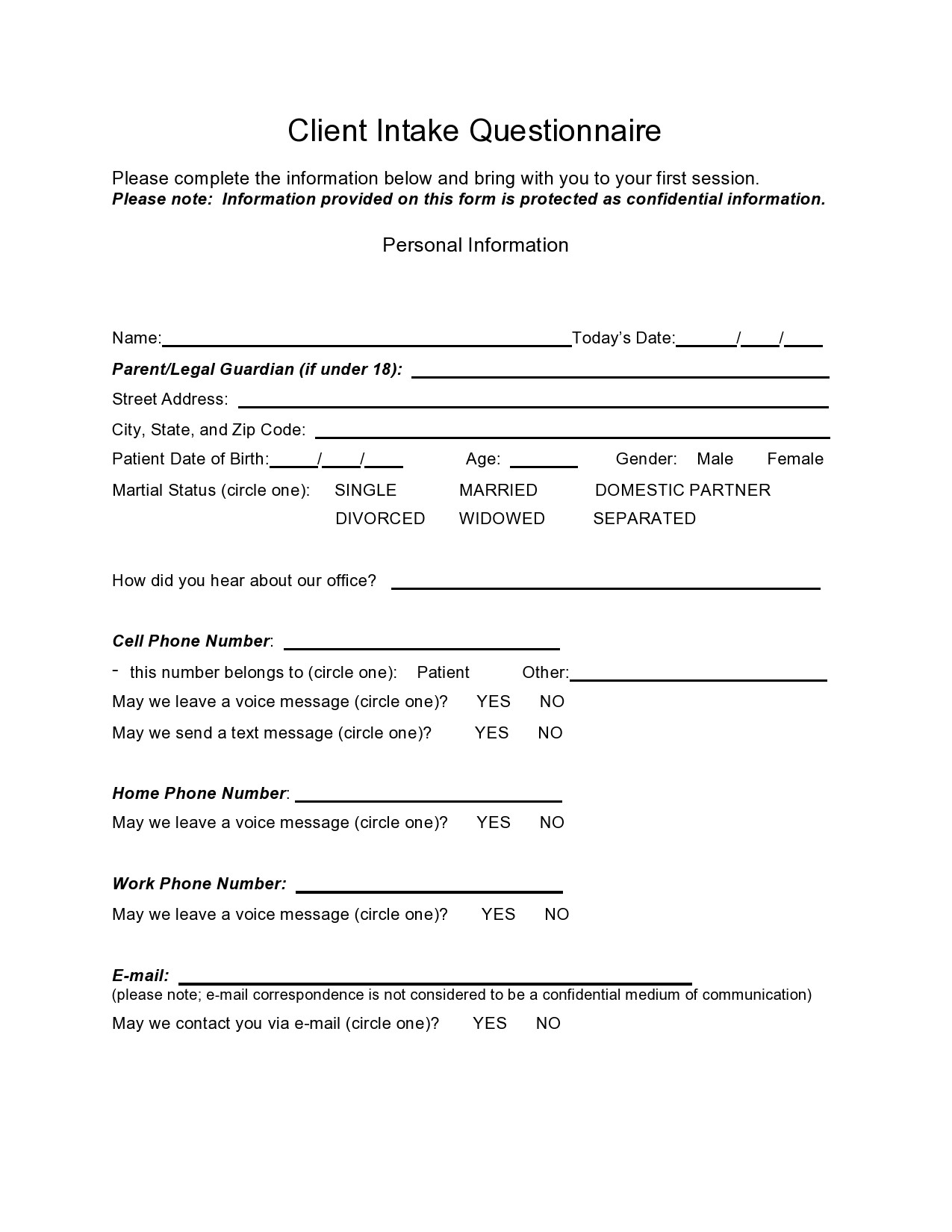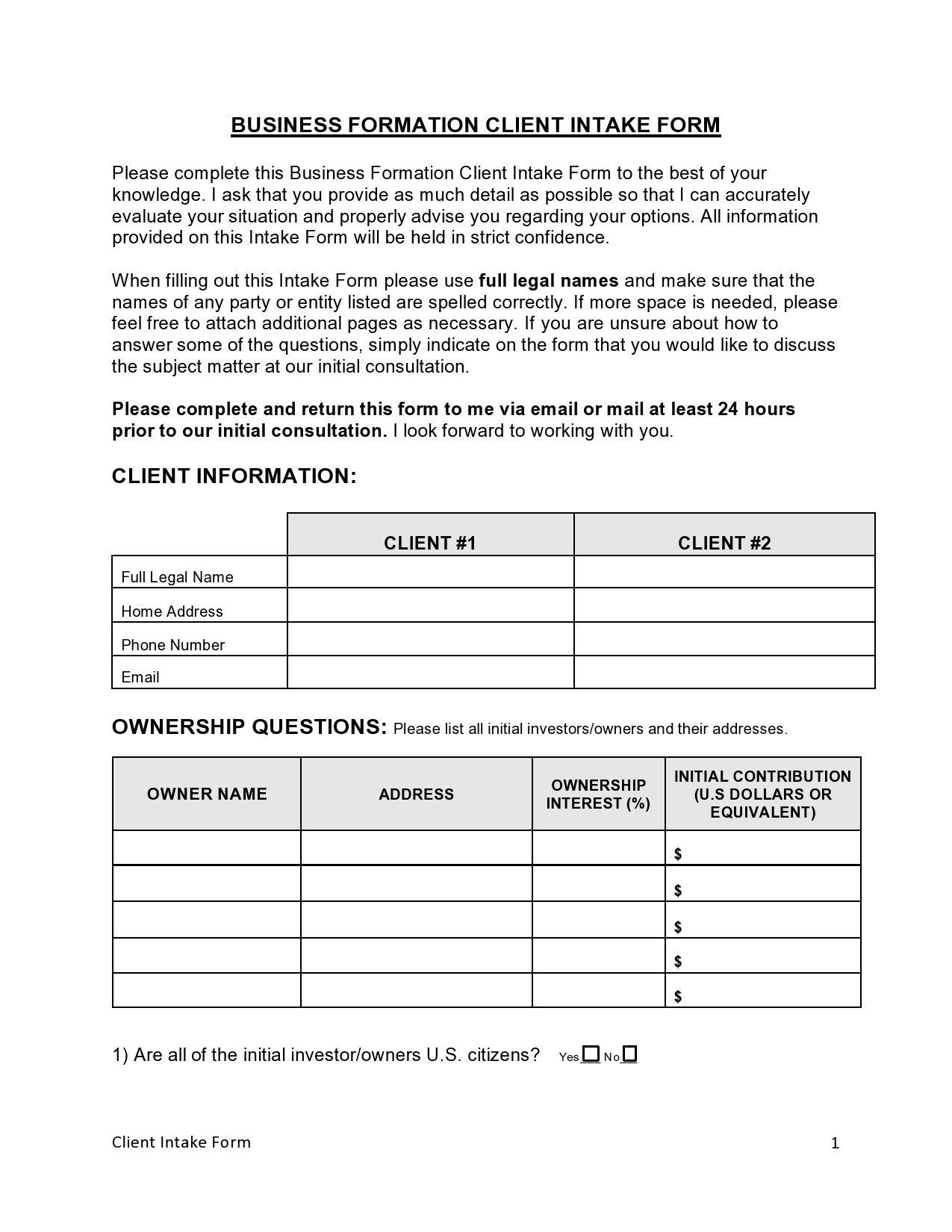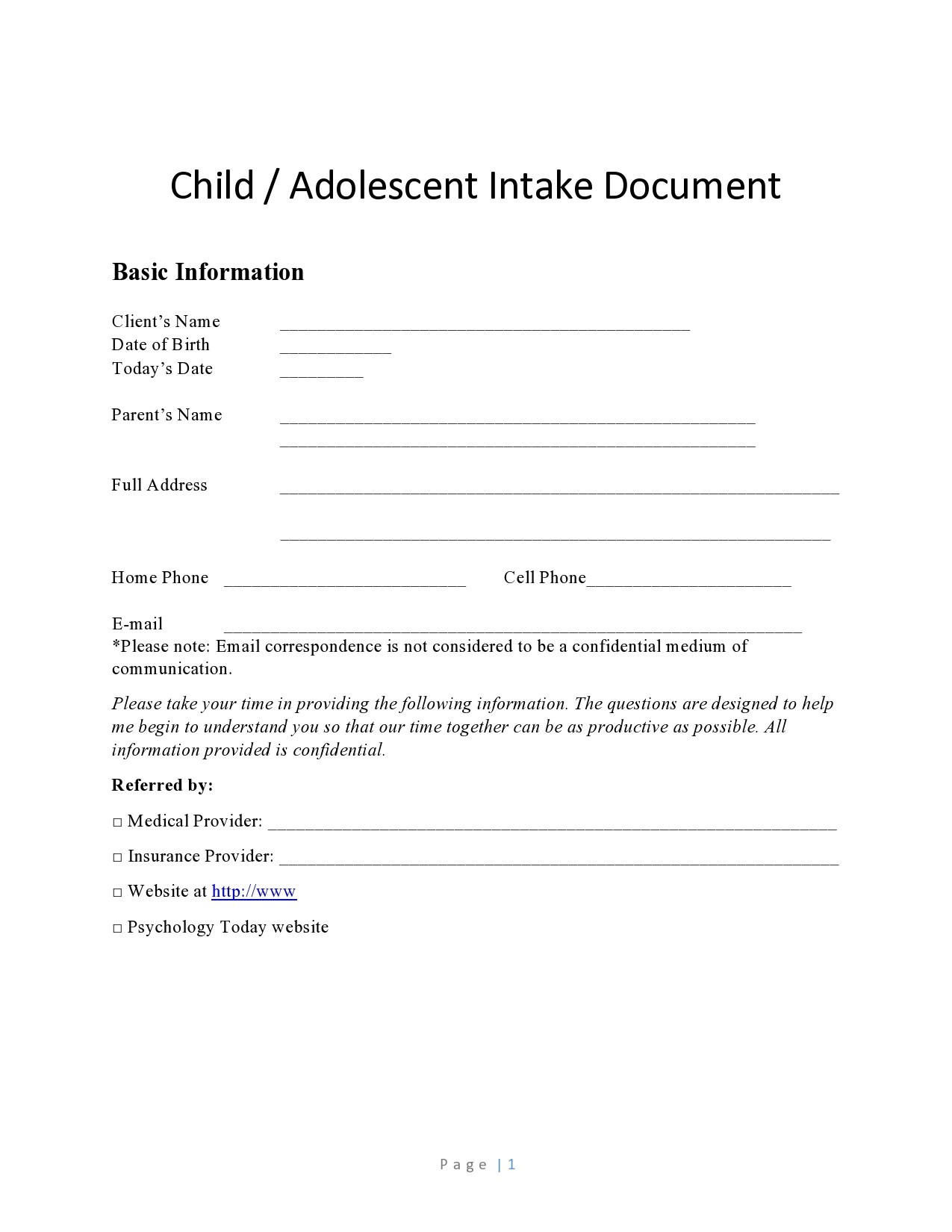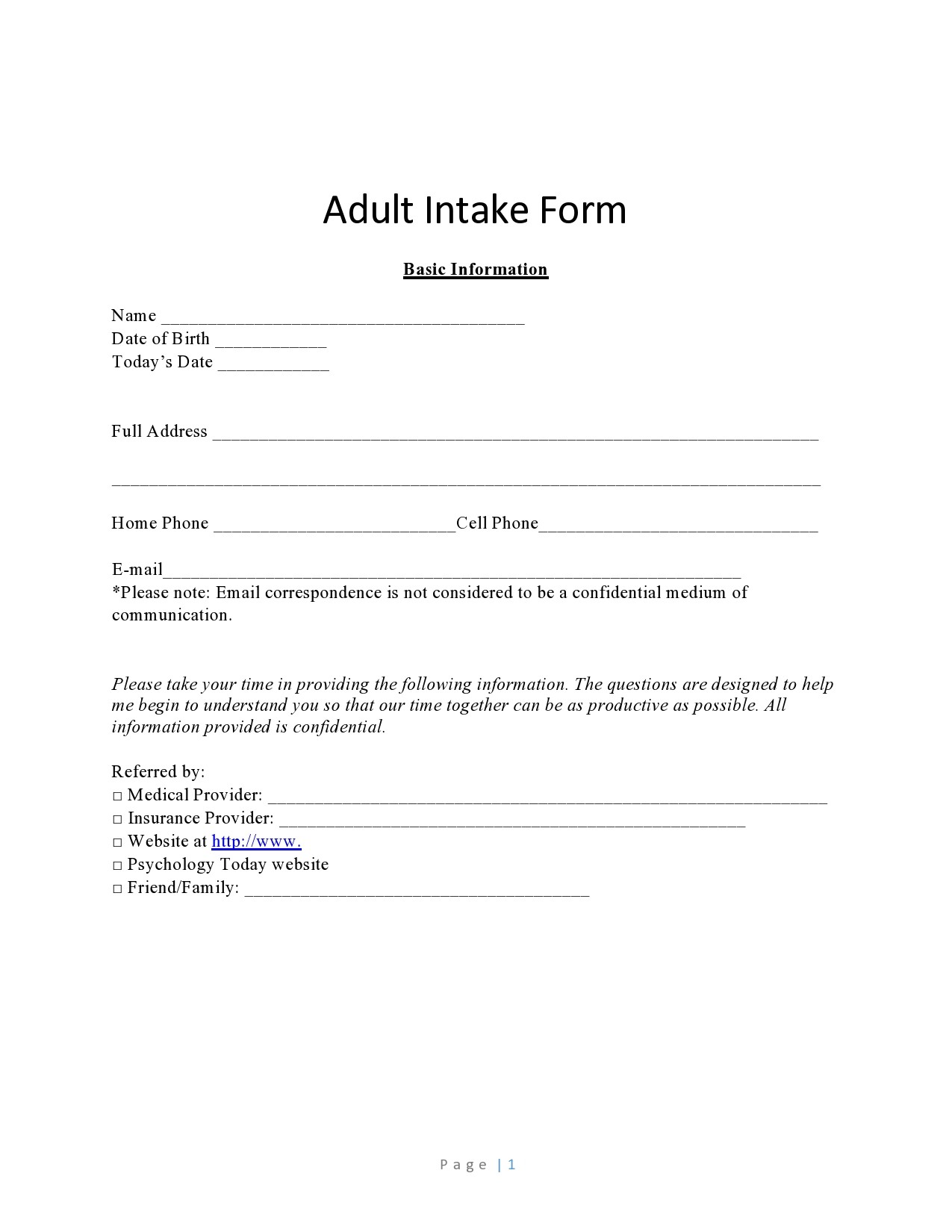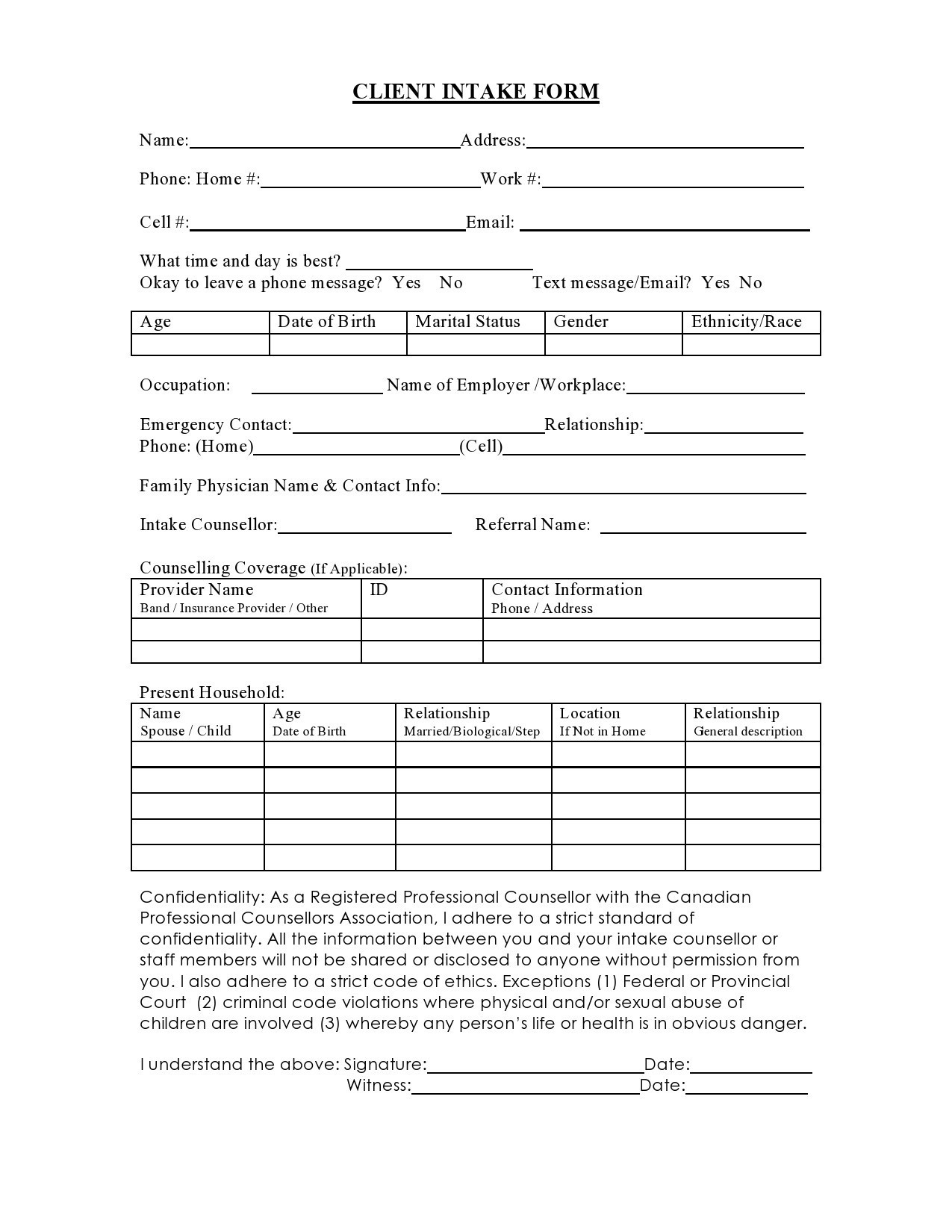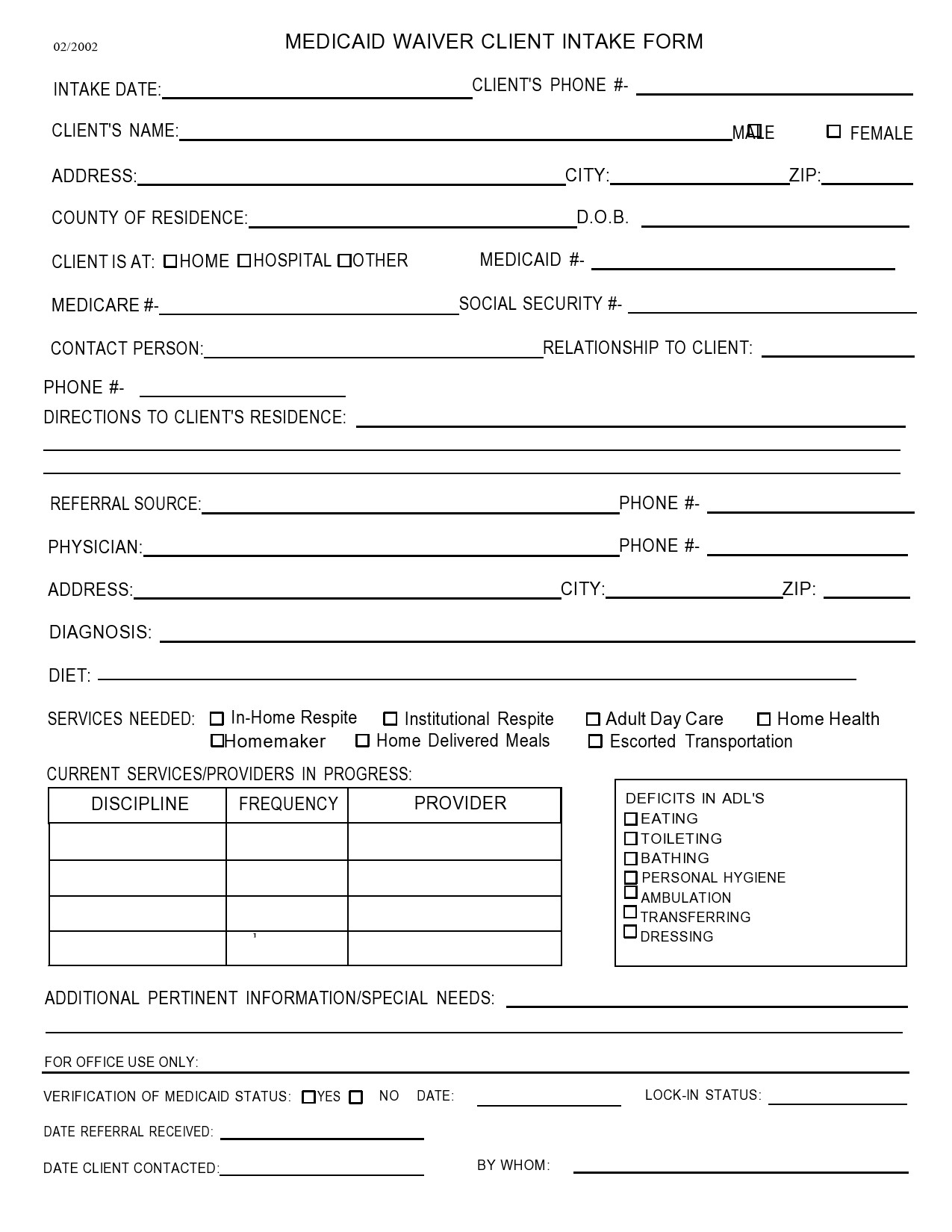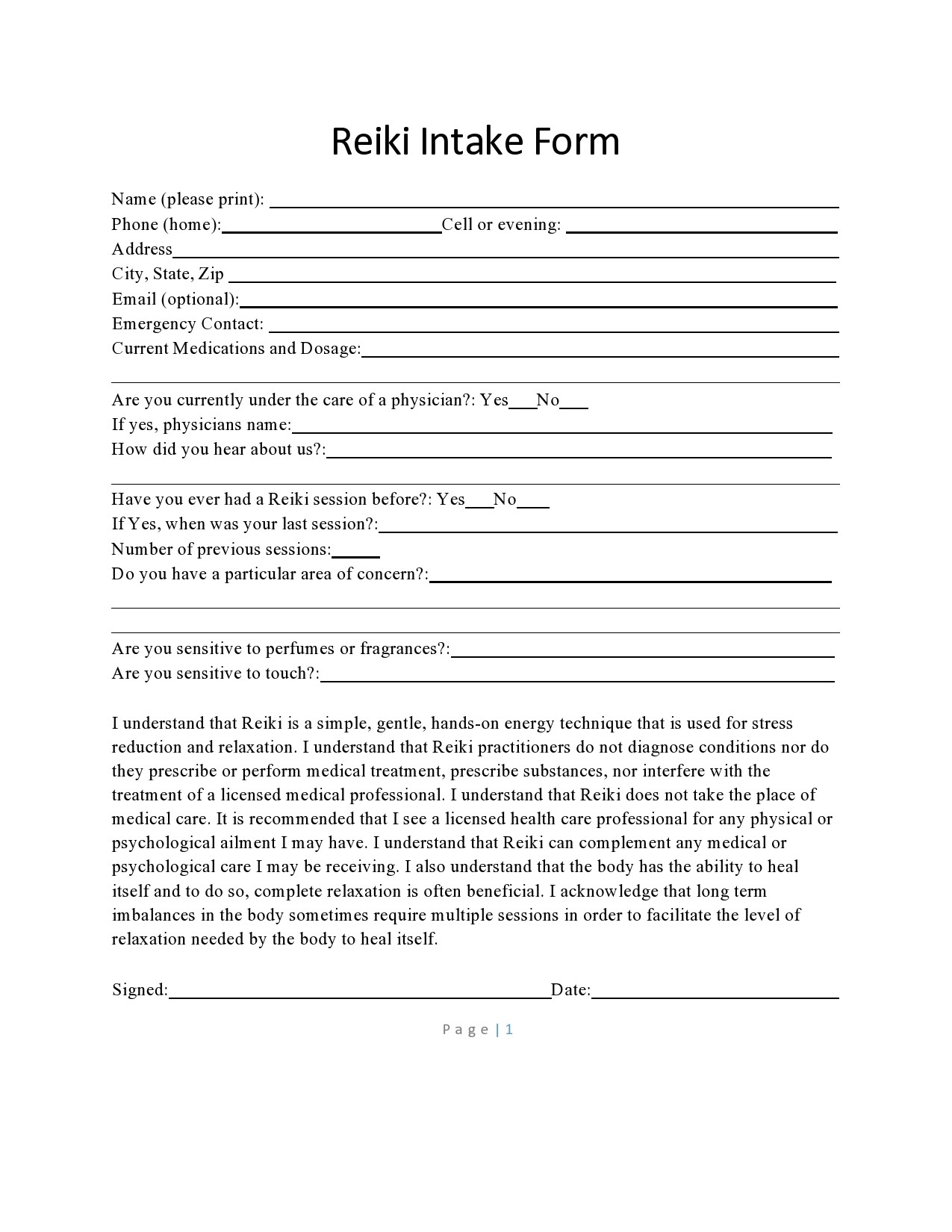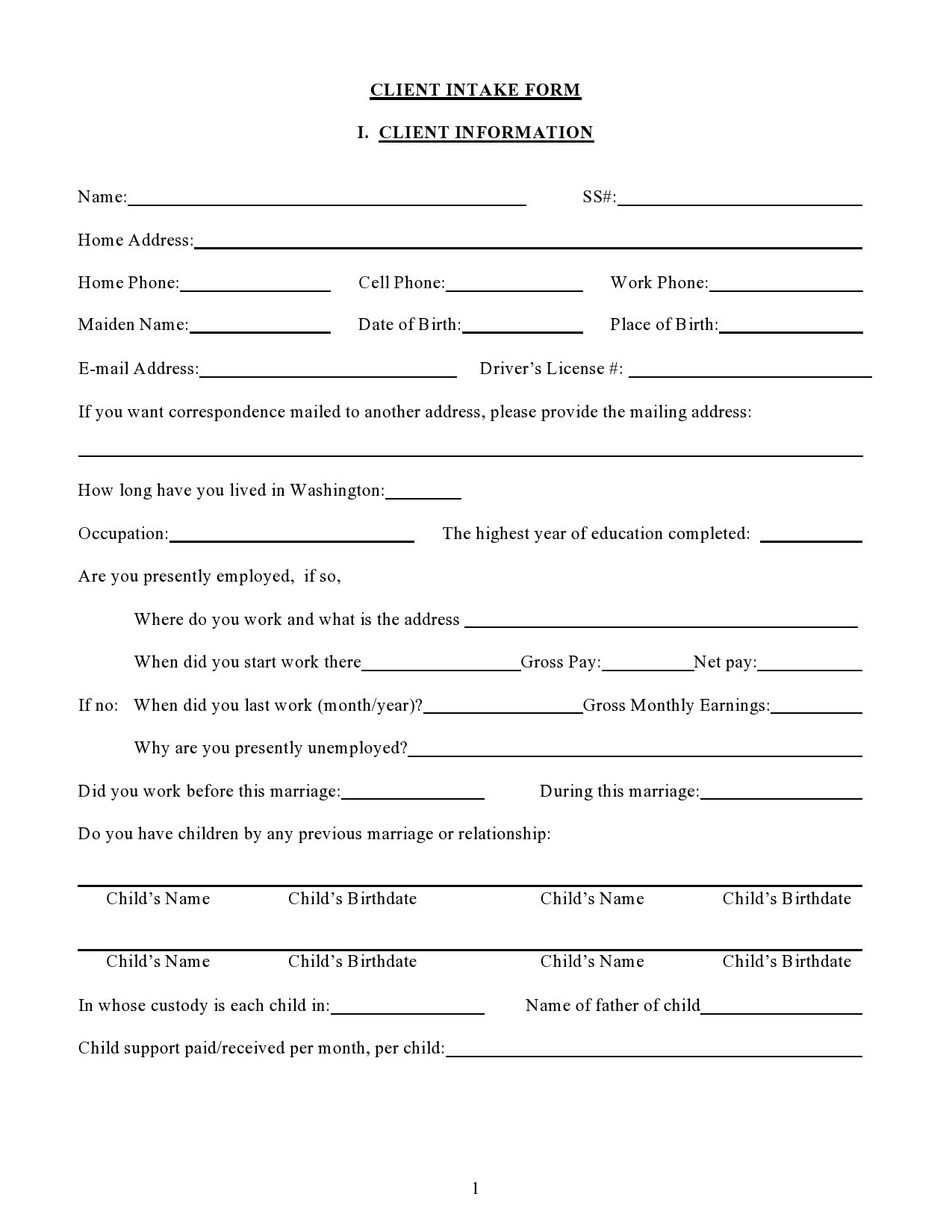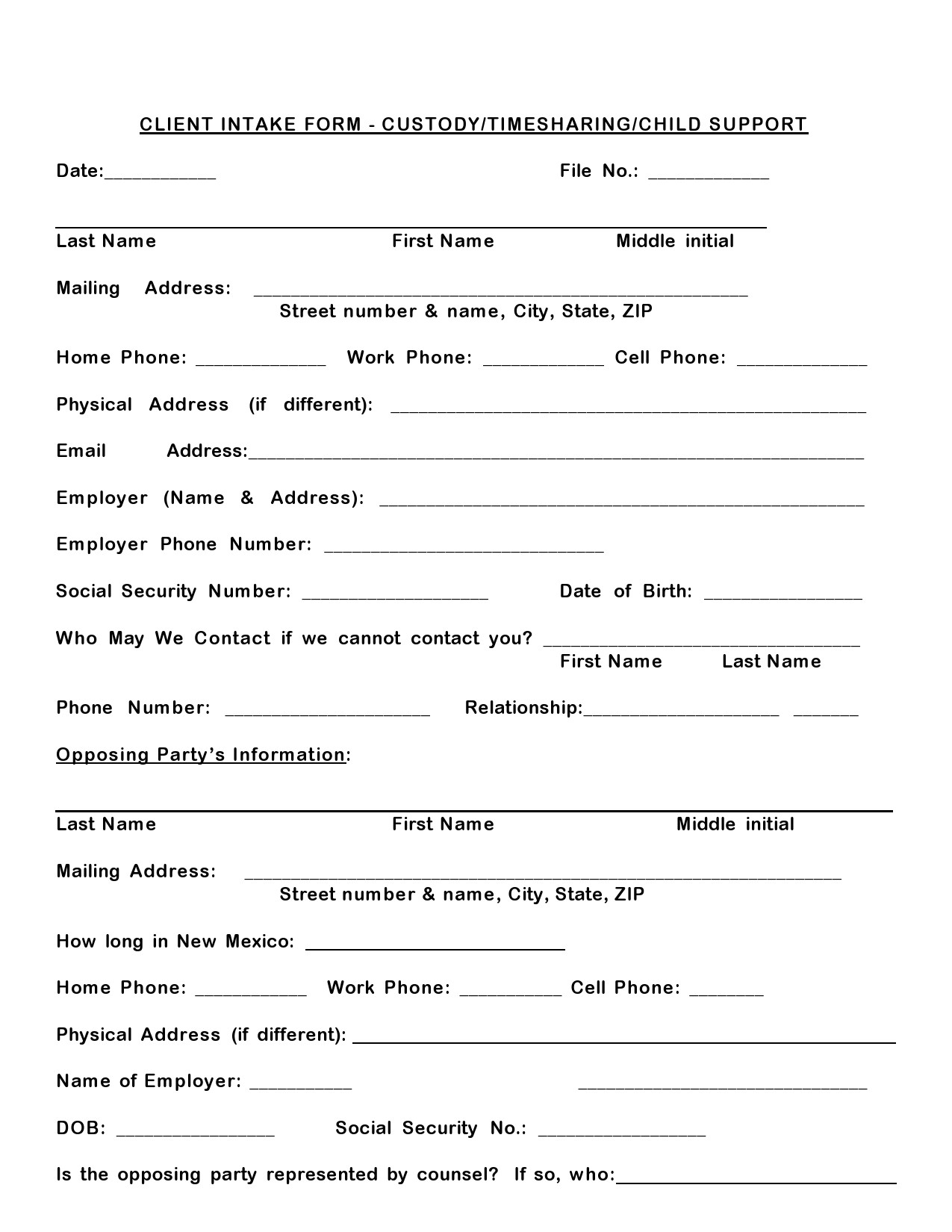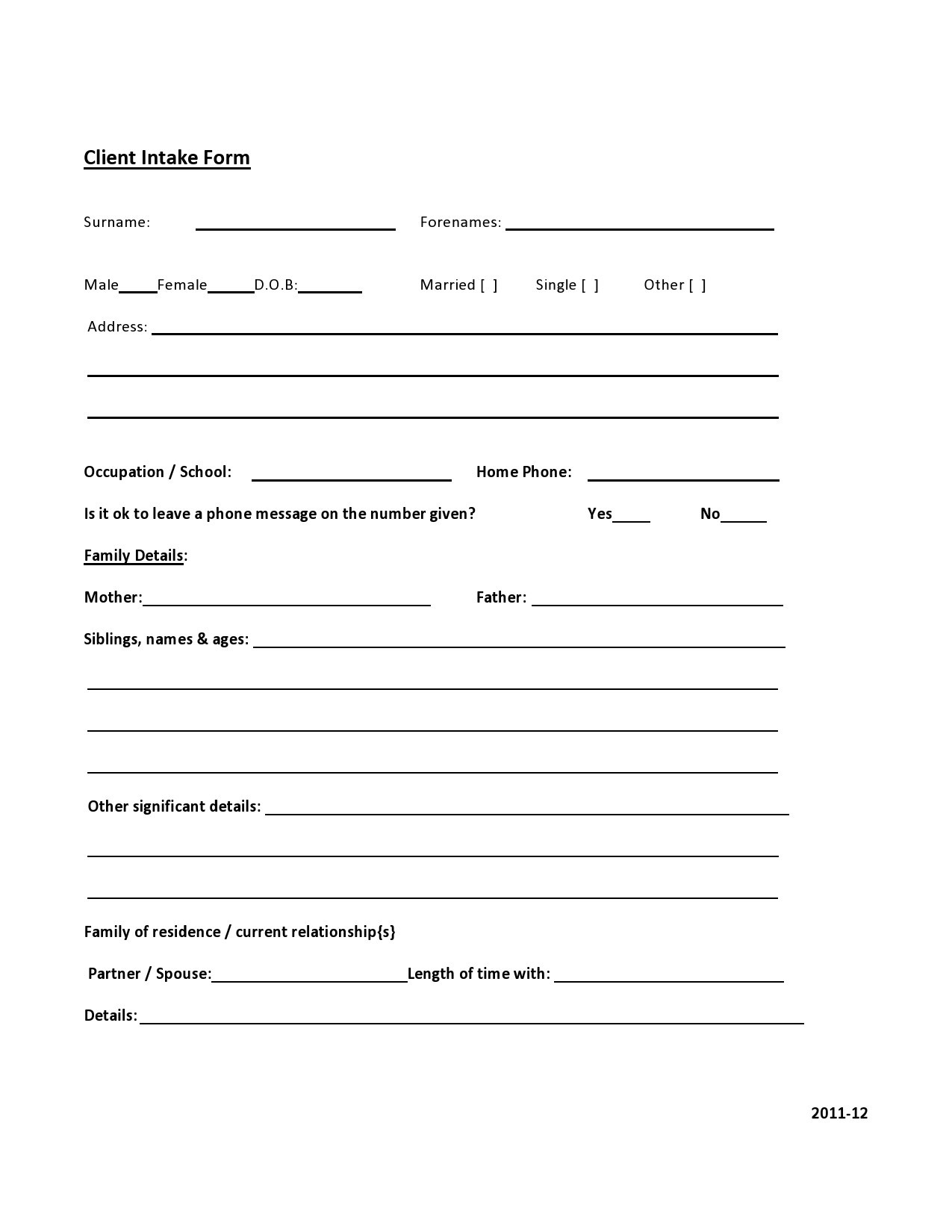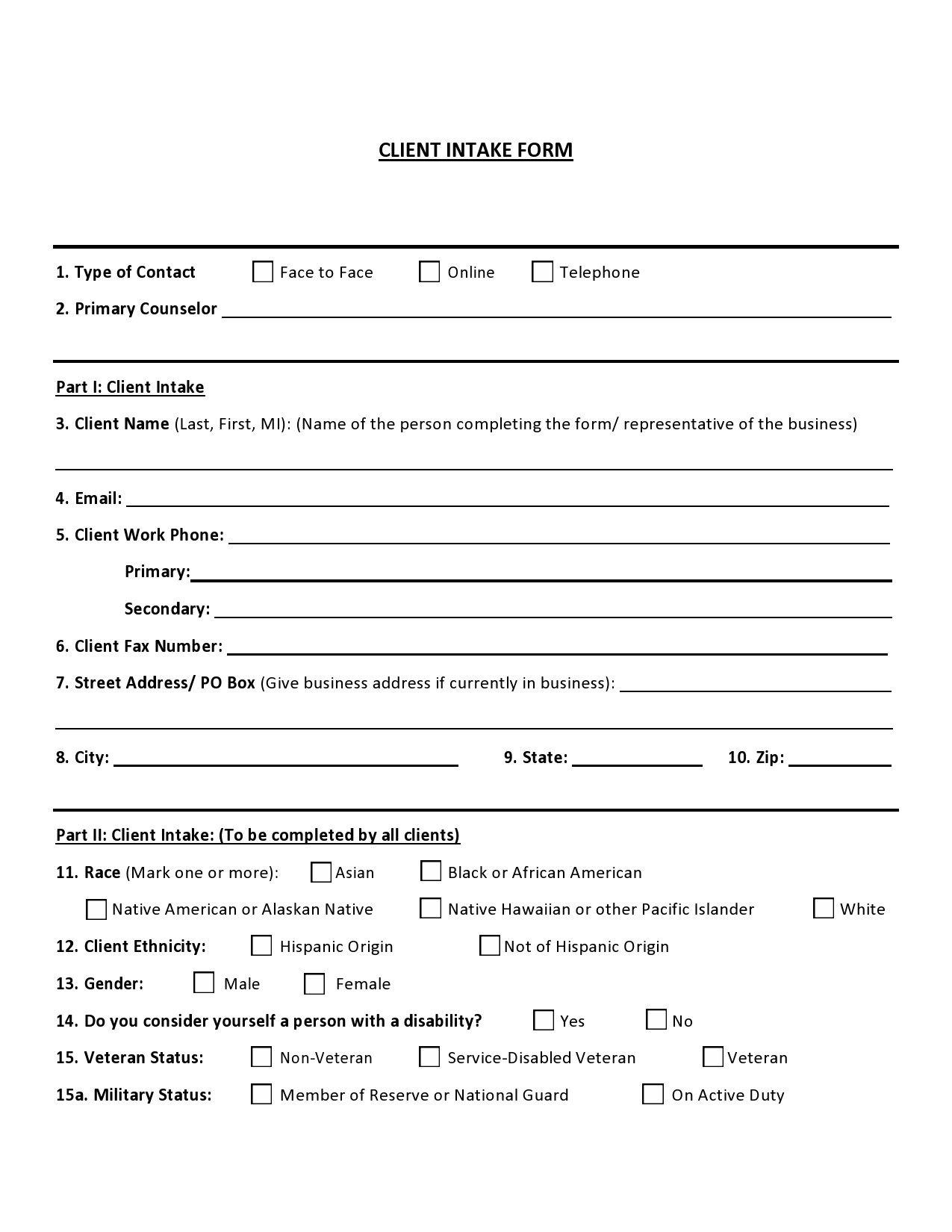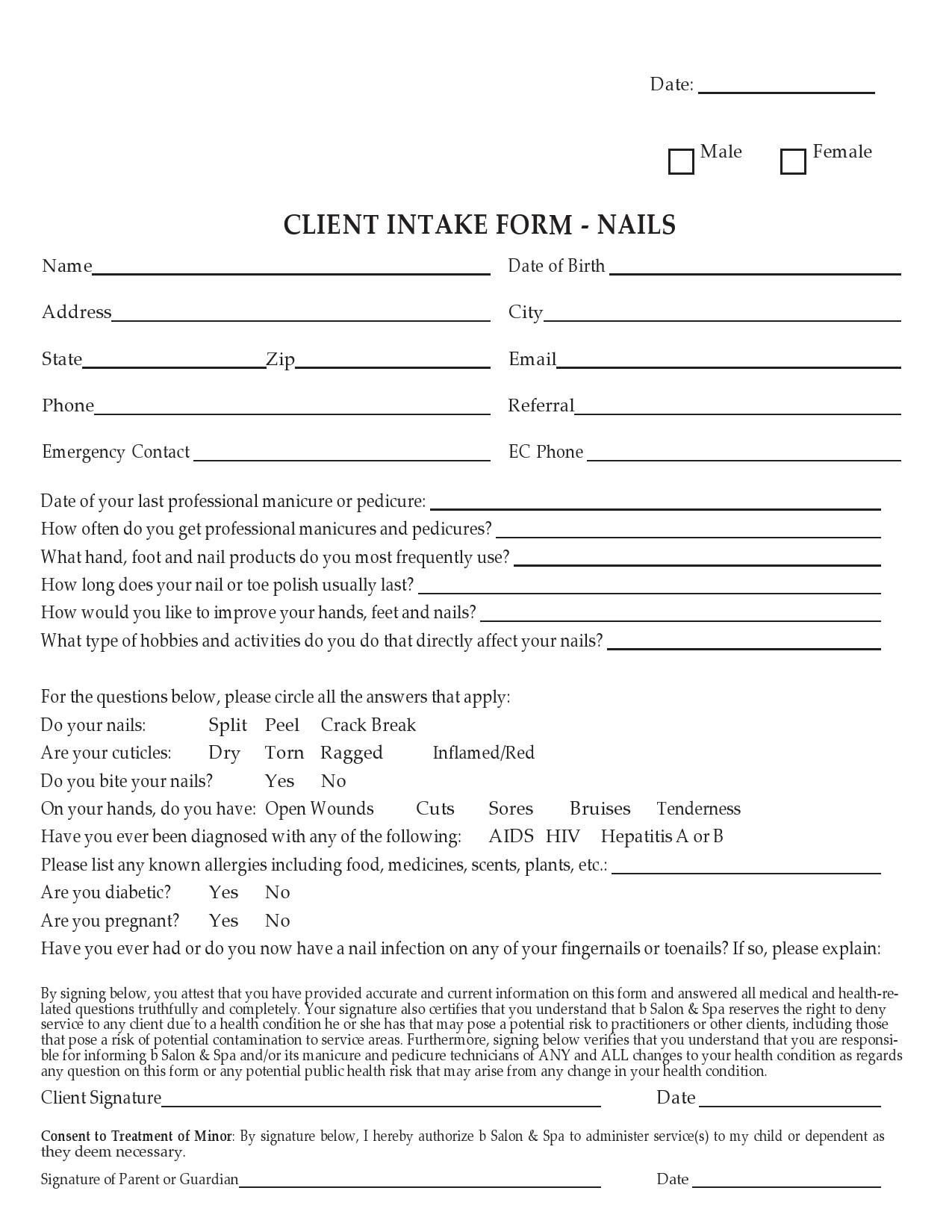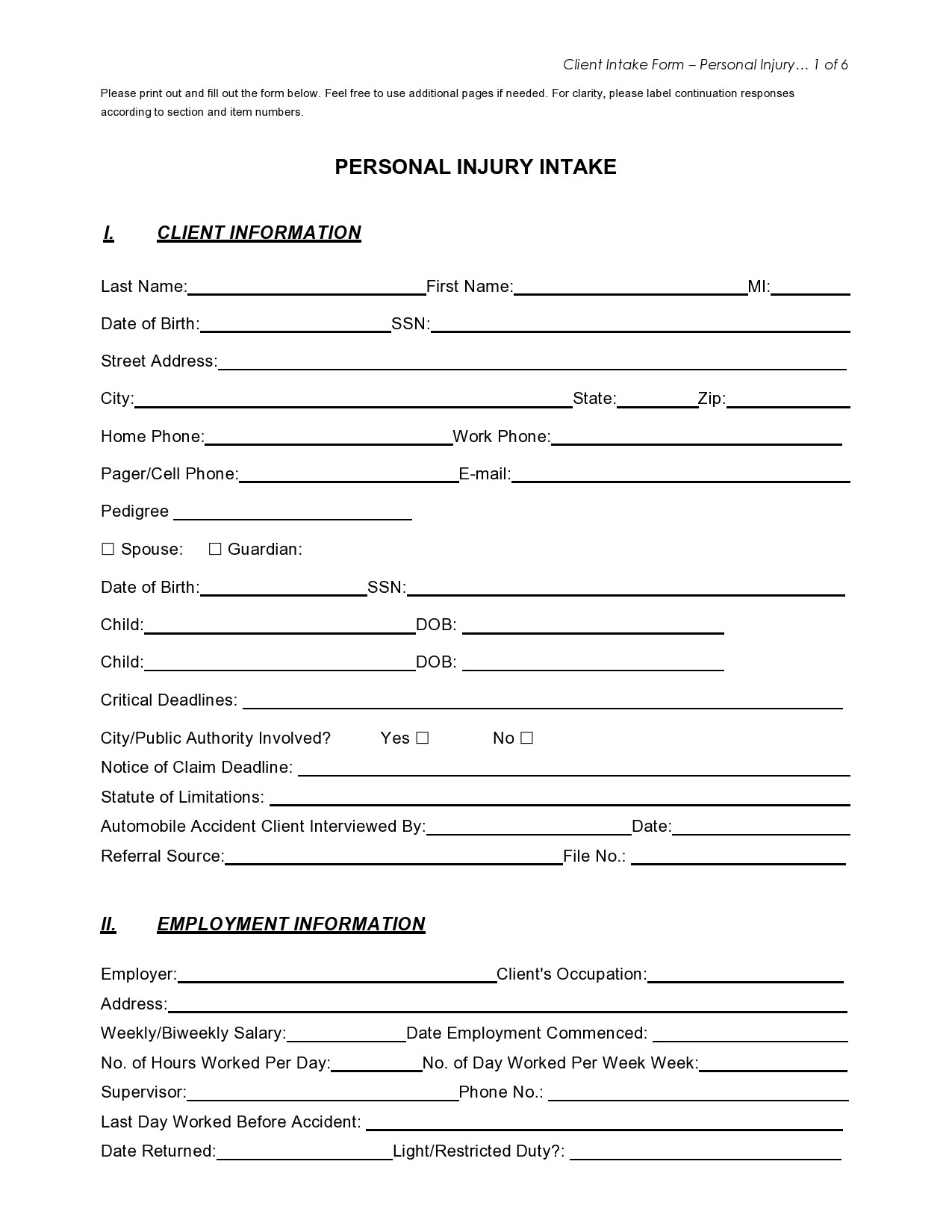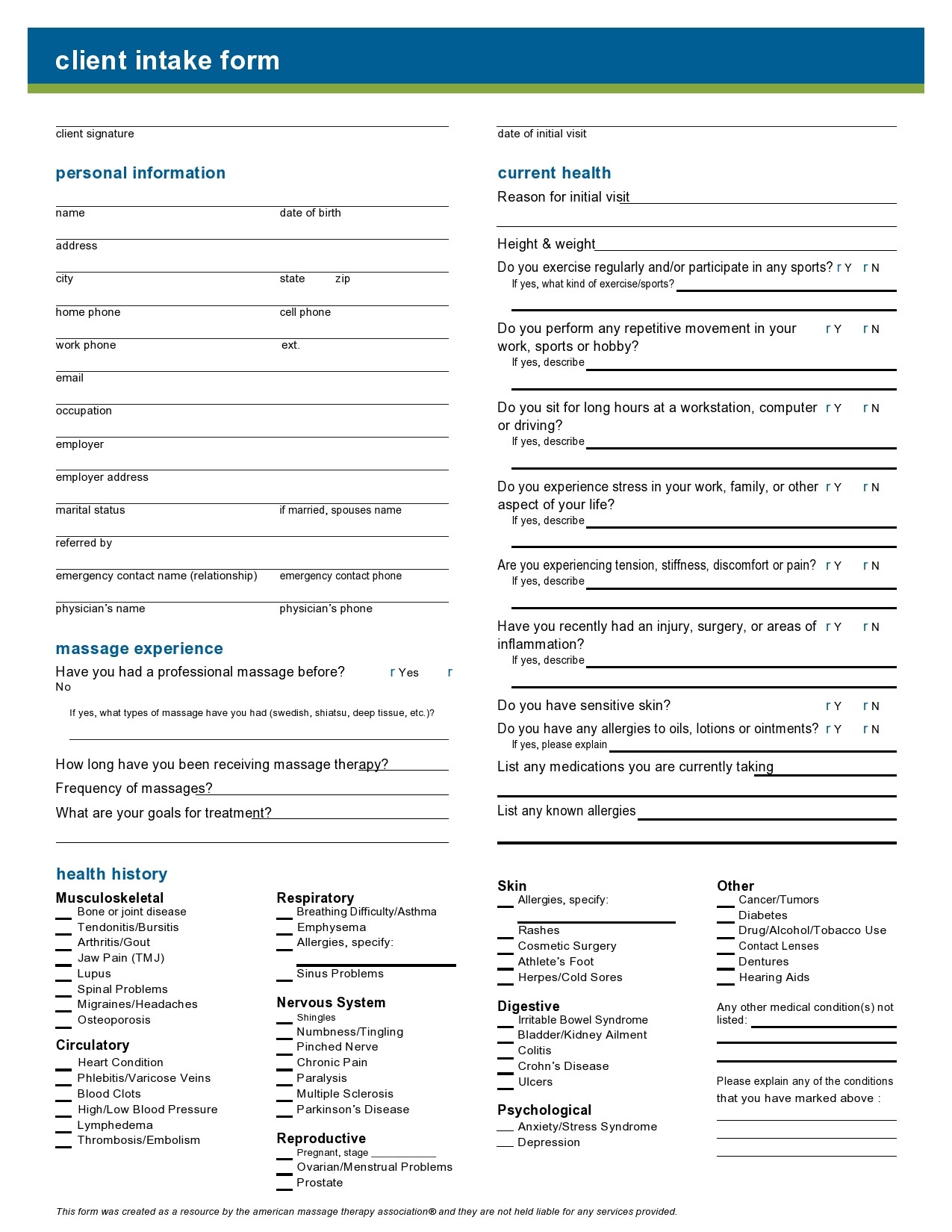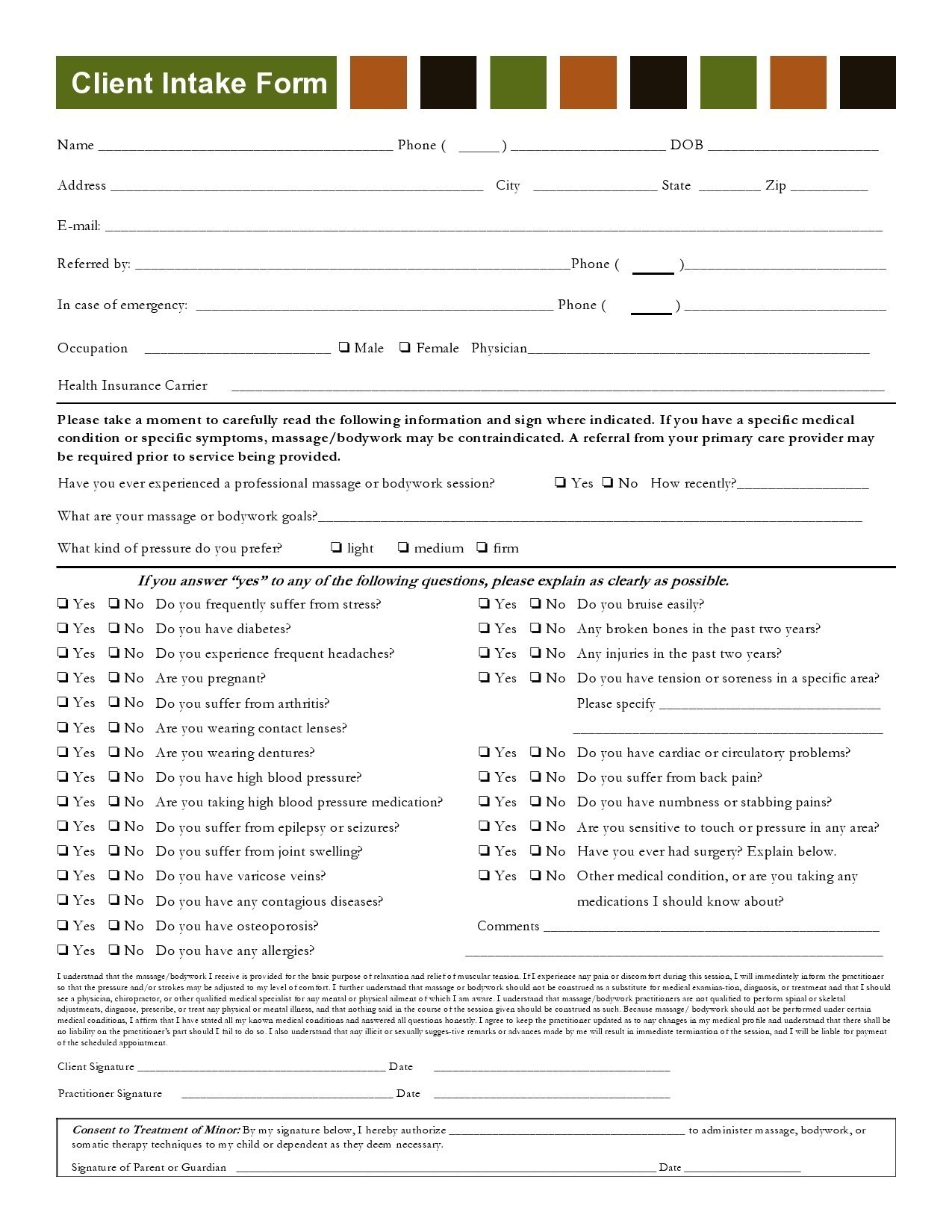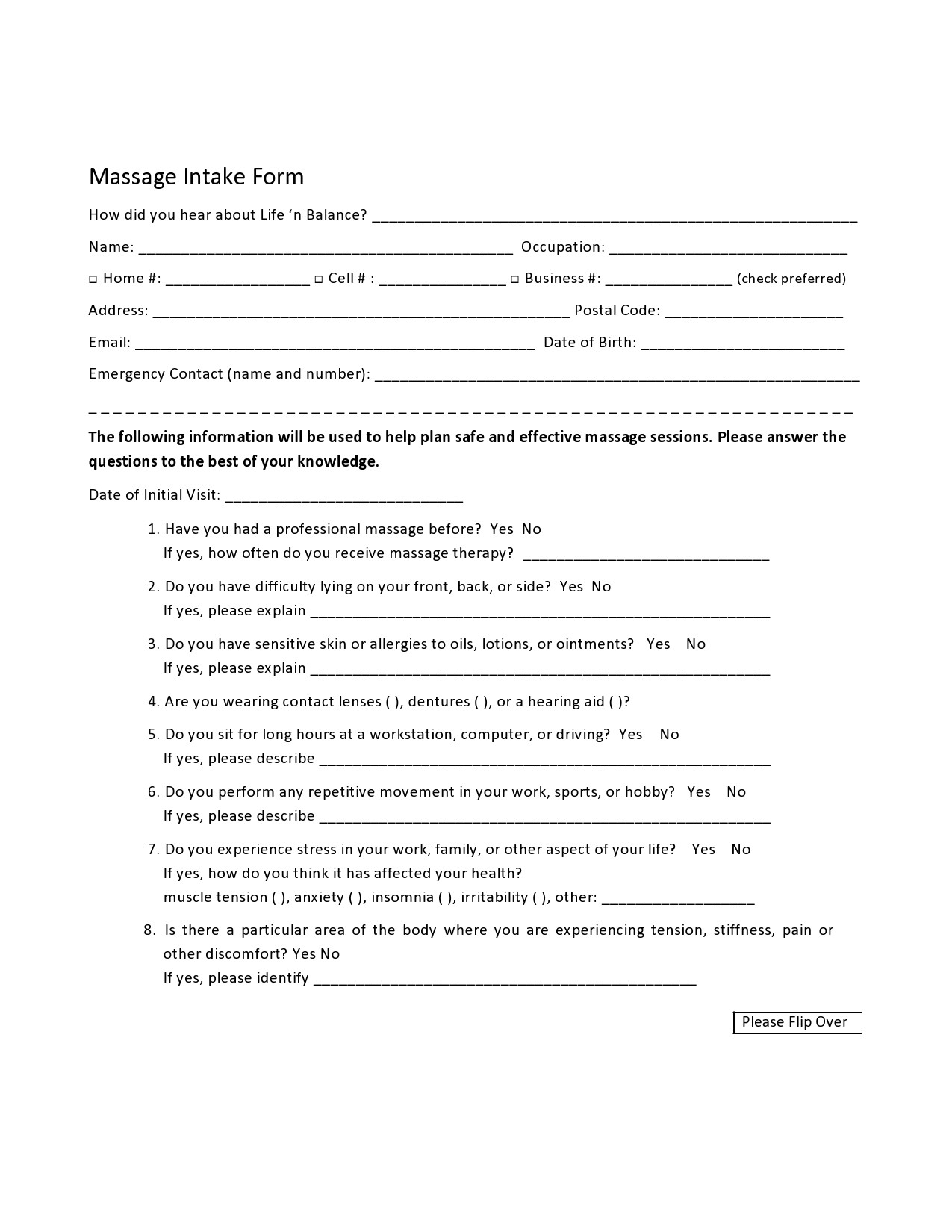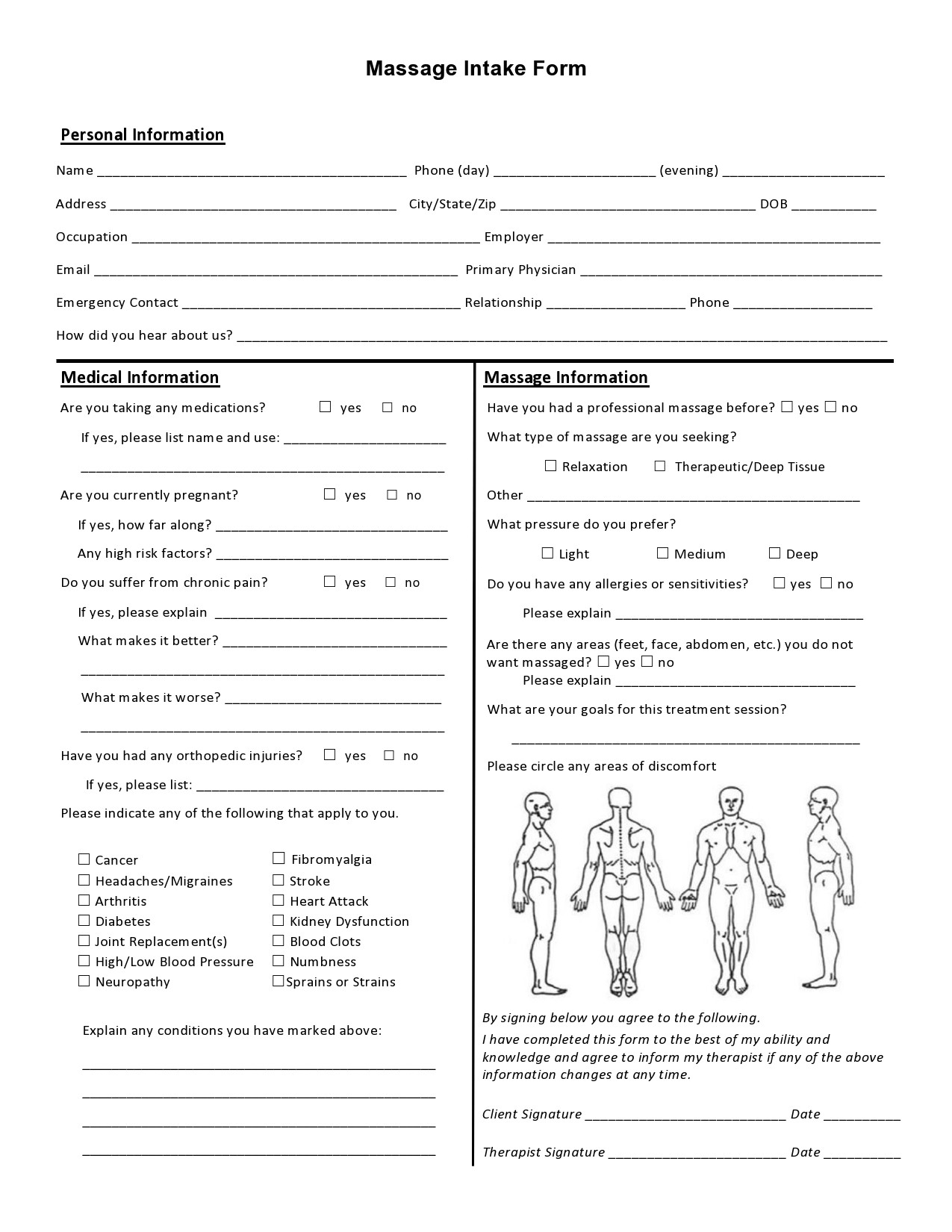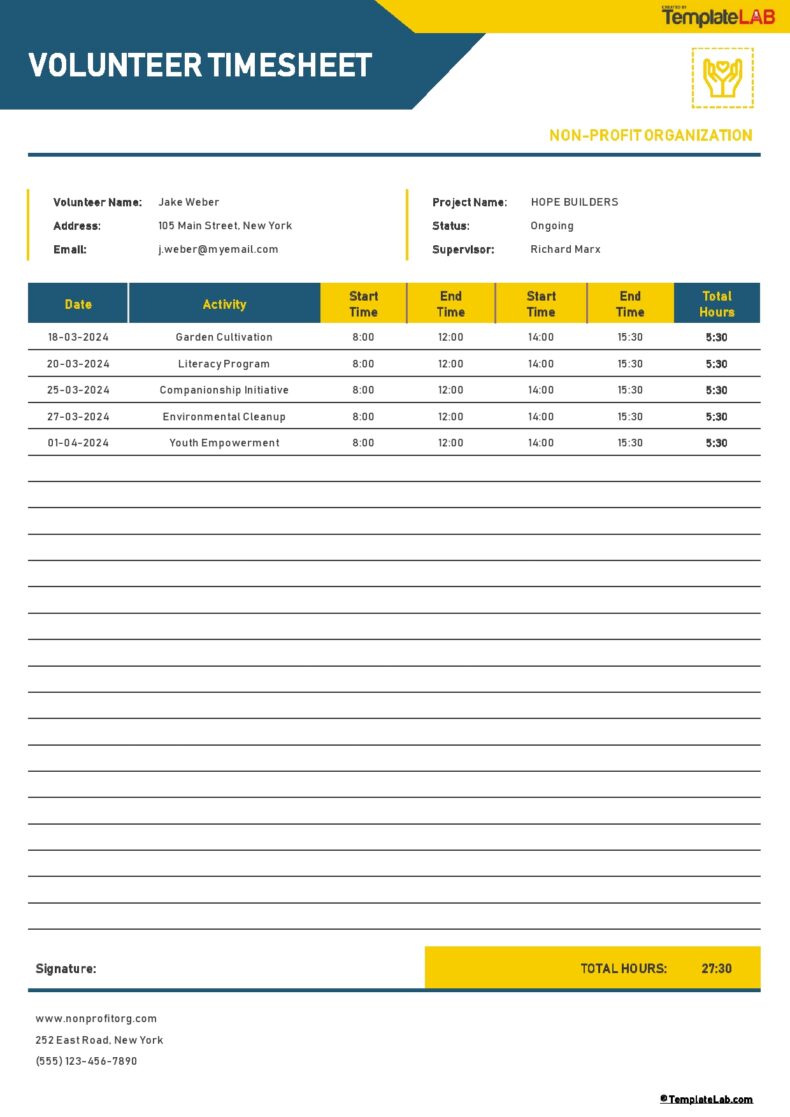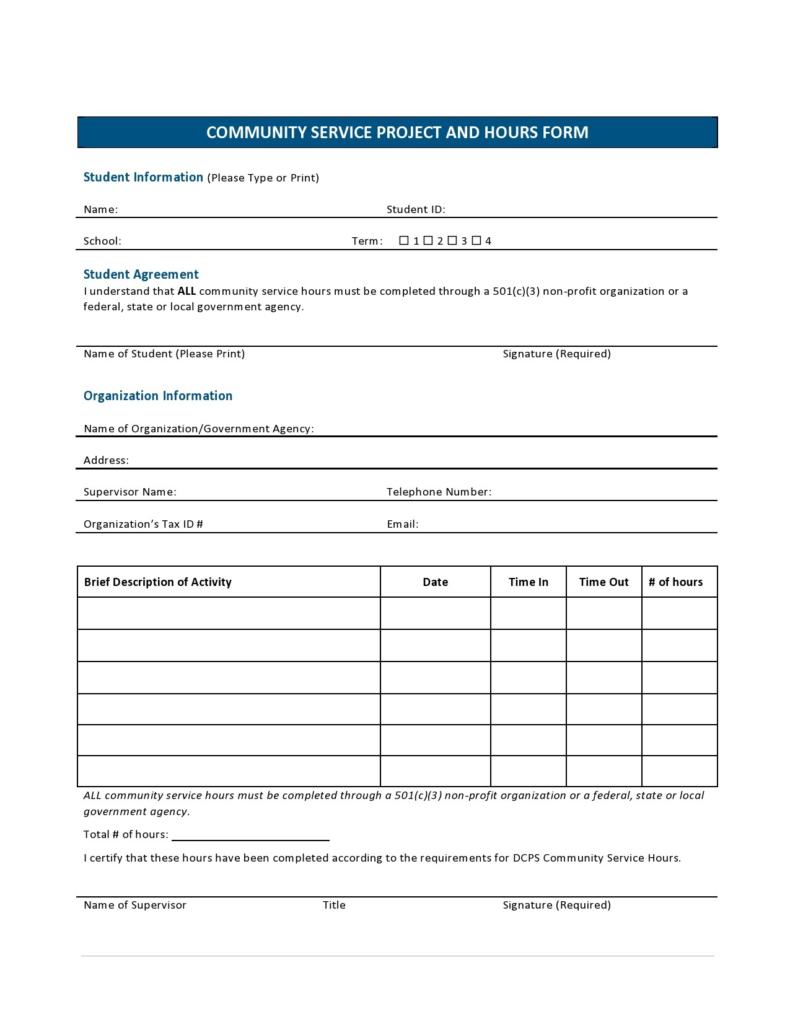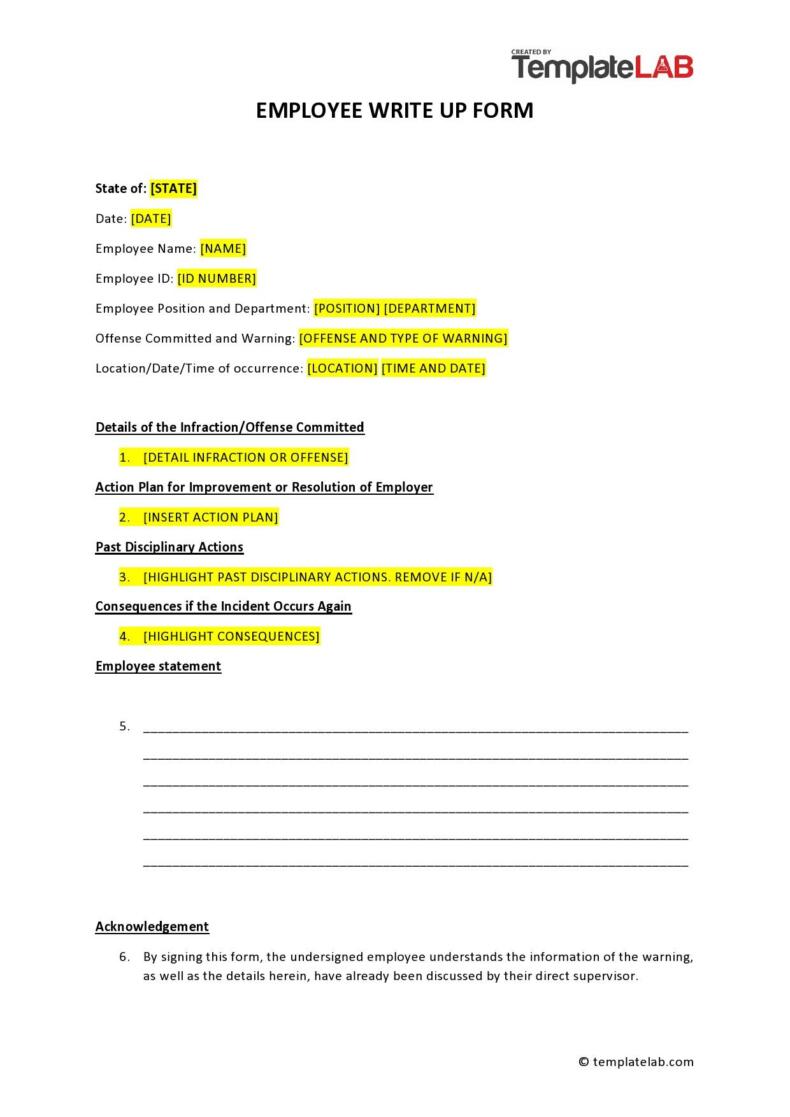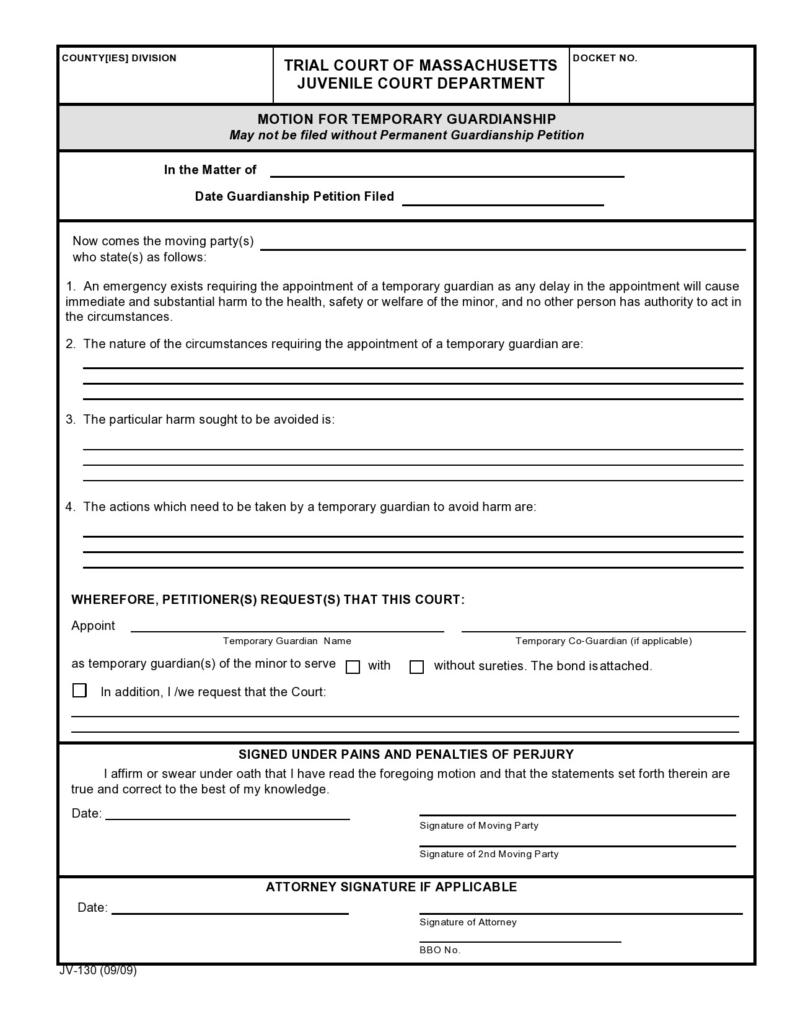A client intake form is a questionnaire that used for the purpose of gathering information that you need from a client. This information will be your basis for deciding the best course of action and devising a perfect strategy on what is to be offered to the client. It helps in creating well-judged goals between you and the client.
Table of Contents
Client Intake Forms
What is a client intake process?
The client intake process is the first step in starting a relationship with a client and it involves the collection of information that you need. This is your chance to ask the client questions to get what you need so that you can start the work they hired you for.
Not all businesses have a structured intake process in place, which means that they don’t have a formal client intake form either. Unfortunately, this method could lead to frustrations for both you and the client.
With a proper client intake process, you can start an in-depth relationship with your clients. Although your business’ process may vary, it typically involves the use of an intake form template.
Intake Form Templates
What is client intake form?
A client intake form is a questionnaire that you share with a client at the beginning of a working relationship. With a new client intake form, you can gather the information you need from a client so that you can:
- Understand if the client is a good fit for your company. With the information you gather, you can help them with the specific issue they’re experiencing at the moment.
- Collect all of the information you need to determine if you can provide the right service to a specific client.
If your business provides any type of service or product and depends on working with patients or clients, then you can benefit from using a client or patient intake form template. You can use this template for:
- Accountants
- Alternative therapy practices
- Digital agencies
- House cleaning services
- Interior design and renovation services
- Law firms
- Medical professionals
- Wellness establishments
Patient Intake Form Templates
Types of client intake forms
Your relationship with a new client usually starts with the completion of a client intake form. This helps you determine if there is potential to help you form a long-lasting relationship with a client. There are several types of new client forms you can use including:
- Simple Form
This template can accommodate a wide range of purposes. You can use it for one client intake or as a template to record several client’s information. You can either store this new client information or share it with fellow departments and employees so that everyone will know the details of new clients. - Small-Business Form
This form is for small to medium-sized companies. Use it to get useful intake information on your prospective or new clients in relation to your business offerings. This way, any member of your team can review a client’s information to find out what outreach or action is most appropriate. - Legal Form
This form is specifically designed for law firms. Use it to record details about potential or existing legal clients. The template has space for you to write down the personal information of the client, citation data, payment records, and other relevant information. - Counseling Form
With easy-to-fill and comprehensive counseling intake form templates, you can track crucial client details before their first counseling sessions. This template also has sections where you can add details concerning the general information of the client, mental health input, insurance details, reasons why they need counseling, and family history. - Business or Corporate Form
With this template, you can keep track of prospective and new clients. It is a perfect fit for accounting firms that offer financial advising or accounting services for corporations and businesses. - Tax Preparation Form
If you’re in the business of tax preparation or tax accounting, you must gather client-specific tax details as accurately as possible during the client intake process. Without the accurate financial information of your client, refunds and filings might get delayed, or worse, your clients might accrue penalties. With this form, you can assure your clients that their taxes will be accurately filed. - Patient Form
The responsibility of health professionals is very unique and important because they have to accurately capture patient information. Using this template is an excellent tool for obtaining patient details because it’s easy to read and fill. With this, any member of your team can quickly get up to speed on the initial evaluations, think of possible treatments, and assign the client to the appropriate doctor. - Real Estate Form
You can use this form to enter all of the prospective client information in relation to a property. It has a section where you enter information like client status, property address, closing dates, contract acceptance contract data, mortgage brokers, banks, realtors, and title company details. - Salon or Spa Form
This form allows you to enter all of the relevant details that pertain to your salon or spa services. Whether for single treatments or different types of beauty or wellness services, you may give this form to your masseuses, receptionists, hair stylists, nail stylists, and estheticians to use for the services that your spa or salon offers.
New Client Intake Forms
How do you create a client intake form?
One great use of a client intake form is to filter out any clients who might not be a good fit. This will save you considerable effort, resources, and time. Here are the steps you should consider when making your own intake form template:
- Company and Contact Details
You cannot create a client or patient intake form template without having the basic information. An important factor in recordkeeping is to have an accurate collection of company and contact information so that you can reference these documents.
This section must cover the name of the company, the main contact, their preferred method of contact, their role, the size of the company, and other basics that can provide you with a high-level overview of what the company in question is all about. - Description of the Client
After you have covered the basic details, you can now start to go into the substance of your new client forms. Here you will let the client give a description of their brand and their main services or products. The information they provide gives plenty of insights to help you understand and decide whether this client is right for you.
Allow them to candidly tell you what they do. Take note of how they describe their service or product. Hopefully, this will provide you with a better picture of how they view the identity of their company along with a clearer understanding of how you can establish a relationship with them. - Challenges the Client Faces Right Now
In this section, you start to place on how your company will best serve the client. Allow them the opportunity and time to describe what they feel are the main concerns and issues they’re confronted with.
Allow them to tell you what they need from your company. It may also help if they can explicitly describe what they feel your company can do to help them out. Having them explain these things will tell you many things about their experiences and what type of client they will be. - Goals of the Client
This section tells you a lot about the position your company will have in your potential client’s operations in the future. In all probability, it will be your client’s goals that will provide the most accurate picture of the expectations and hopes they will bring to your working relationship.
These goals can show you the viability of a working relationship between your company and theirs. For instance, if they describe ambitions that are almost impossible to achieve, you will know that you cannot deliver. You need to have a candid conversation with them about what your company can realistically accomplish for them. - Budget Details
Perhaps this item is the most significant point to give consideration to. As a matter of fact, it underscores every other section discussed. If a client’s budget isn’t enough, then your company cannot accomplish much for their goals, vision, or challenges.
However, if they do meet your standards, this gives you a point of reference for the resources you can allocate to help the client. Also, it can help you set certain boundaries to create the strategy you will deploy to help your client. - Competitors
It is in this section where you will start to figure out the way you will serve your client. You will acquire useful reference points for understanding how your client’s organization operates. Based on this information, you will find out how companies in the client’s space run their businesses.
You will discover the strategies the competitors of your client use and from there, determine whether your company can leverage the same tactics. For instance, after checking out the competitors of your potential client, you discover that their operations are totally different from your services. As such, you might decide that this client’s organization isn’t a good fit for your company. - Room for Any Questions or Information That You Haven’t Covered
This section of the document is essential to add any other information that the other sections might have missed. Here, your client can add relevant details that they think you should know too.


